I’m now fortunate to own the new Sony FE 200-600mm F5.6-6.3 G lens and have begun my comparison and review with the more expensive Sony FE 100-400 F4.5-5.6 GM lens, a lens that I have owned since it was first launched back in April, 2017.
Sadly one of these lenses will probably need to be sold at some point soon, but which one am I going to let go?
I’m already reasonably certain I know which one already, but before I make the final decision I’m going to compare these two lenses against each other.
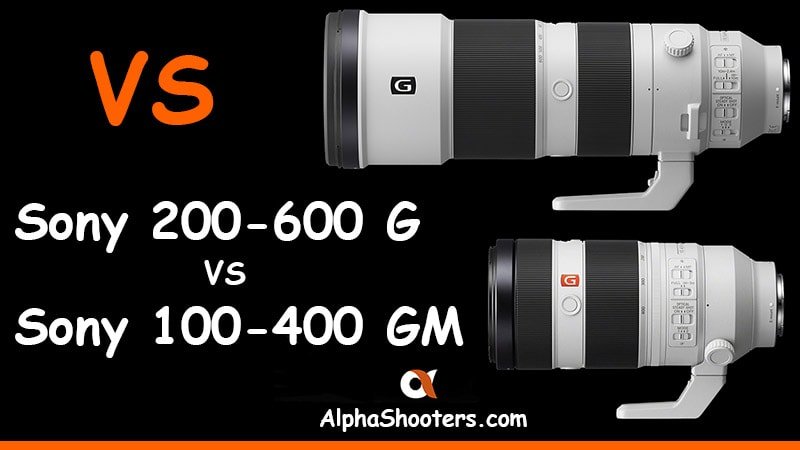
Before I get started if you are on Facebook then please do consider joining the Sony Alpha Wildlife Shooters Group that I run. There you’ll find many friendly group members sharing photos shot with both the Sony 100-400 and the 200-600 lenses mounted to a range of different Alpha cameras. You’ll also find lots of helpful tips and tricks.
Table of Contents[Hide][Show]
- Handling
- Field of View
- Color Rendition
Autofocus Test with Frank+−
- Sony a6400 Autofocus Test at 400mm
- Sony a6400 Autofocus Test at 560mm / 600mm
- Sony a7III Autofocus Test at 400mm
- Sony a7III Autofocus Test at 560mm / 600mm
- Sony a7R III Autofocus Test at 400mm
- Sony a7R III Autofocus Test at 560mm / 600mm
- Sony a9 Autofocus Test at 400mm
- Sony a9 Autofocus Test at 560mm / 600mm
- Autofocus Test with Birds in Flight
- Minimum Focus Distance
- Conclusion
- Sony 200-600 Bag Guide
Body Design
Both lenses are very well made from magnesium-alloy and feature rubber gaskets to help keep dust and moisture at bay.
Besides the obvious focal length and aperture differences, the biggest difference is that the 100-400 lens extends when you zoom whilst the 200-600 features a fixed length internal zoom design that does not extend, and therefore the distance between the front element and your subject does not change as you zoom.
Size and Weight
The 100-400 is the lightweight of these two telephoto zooms and weighs in at 1596g (with tripod foot and hood attached). Without extending the zoom it measures 205mm in length, extending the zoom to 400mm takes it to 285mm. The lens has a maximum diameter of 93.9mm.

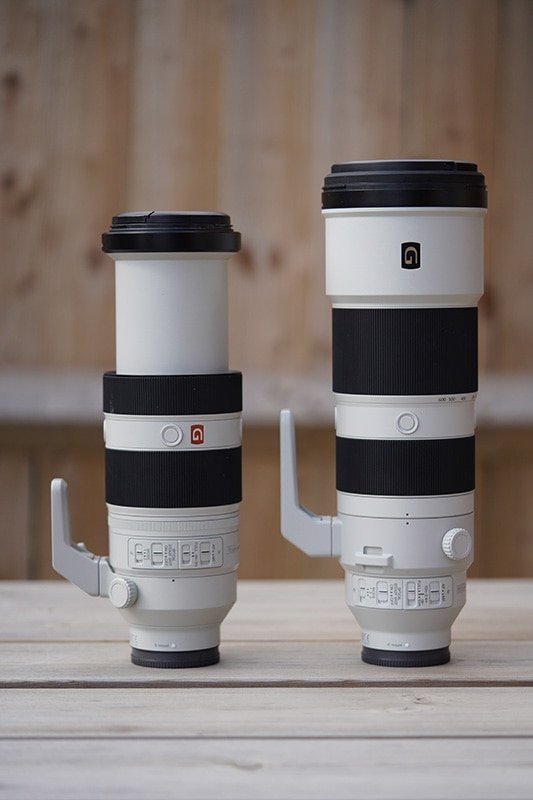
The 200-600 weighs in at 2397g (with tripod foot and hood attached), making it 801g heavier. It measures 318mm in length with a maximum diameter of 111.5mm.
If you decide to add the 1.4x teleconverter to the 100-400 to take the focal length to 560mm then this will add an additional 169g in weight and now the 200-600 is only 632g heavier, it also adds 16mm in length.

Control Buttons
Both lenses include 3 customizable buttons surrounding the barrel towards the end of the lens.
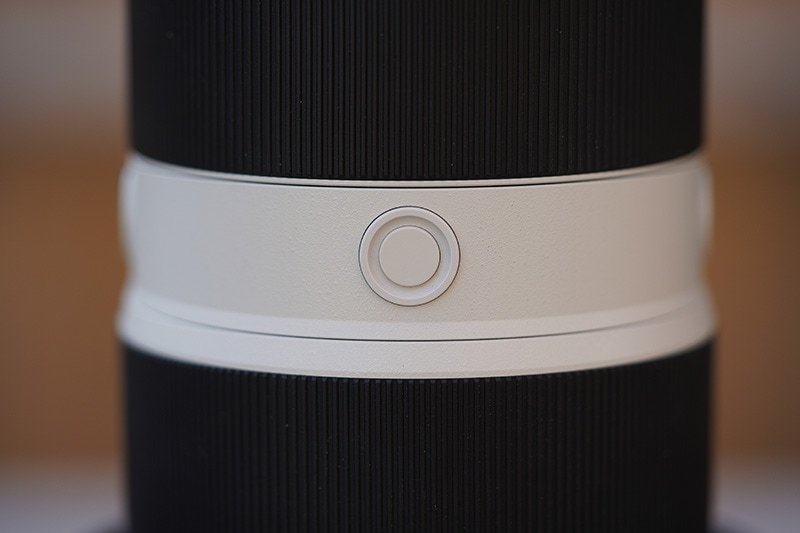
They also include very similar controls but not identical.
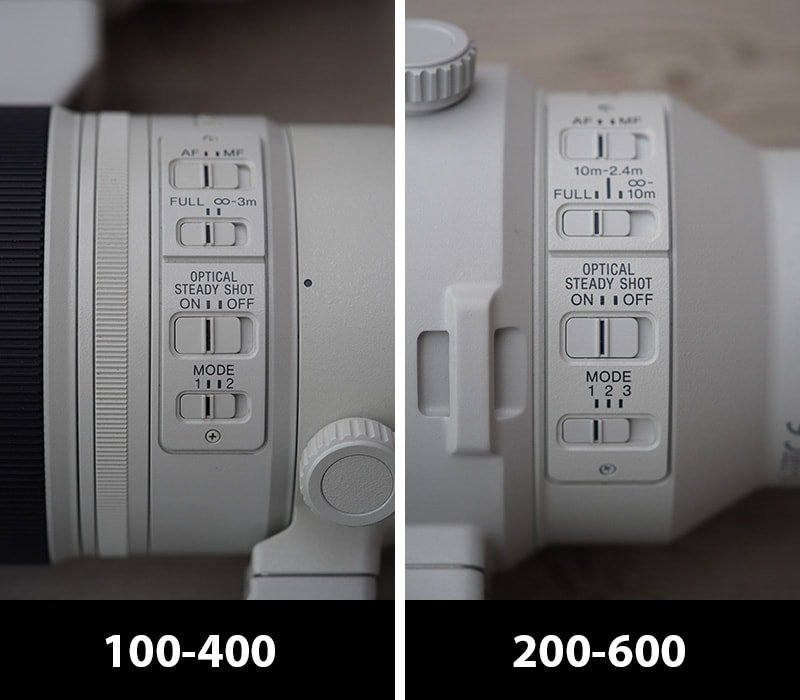
Above you can see the main lens controls and if you look closely you will notice two key differences.
The first is that the 200-600 features 3 focus limiter settings. You can choose between full, 10m-2.4m, or infinity to 10m. The 100-400 has only two focus limiter settings and you can choose between full or infinity to 3m.
The second key difference is that the 200-600 includes an additional OSS (Optical SteadyShot) Mode 3 setting that provides stabilization for tracking and shooting dynamic, unpredictable sports action.
Focal Length, Zoom and Focus Rings
The Sony FE 100-400 GM has a variable aperture of f/4.5 – 5.6 and it jumps to f/5.6 at 164mm, the maximum focal length is 400mm. The Sony FE 200-600mm G also has a variable aperture but this time it’s from f/5.6 – 6.3 and it jumps to f/6.3 at 300mm, the maximum focal length is 600mm.
The 100-400 features a zoom smoothness adjuster that provides mechanical control of zoom ring torque, although even when set to tight you will still get a little zoom creep if you hold the lens pointing towards the ground. The 200-600 does not require such a control since it’s an internal zoom and does not extend.

The zoom ring of the 100-400 is located closest to the camera body and has a throw of around 3.5 inches. The zoom ring of the 200-600 is located furthest away from the camera body and has a short throw of just 2.5 inches, so effectively both zoom and focus rings are reversed on each lens.
The zoom ring of the 200-600 is much smoother and easier to control compared to the 100-400 which has more resistance to it even on the smooth setting.
The focus ring of the 100-400 has very little resistance and if you are manually focusing it’s far too easy to throw out the focus by simply removing your fingers from the ring. Thankfully the 200-600 has more resistance yet is still easy to adjust.
Tripod Collar and Foot
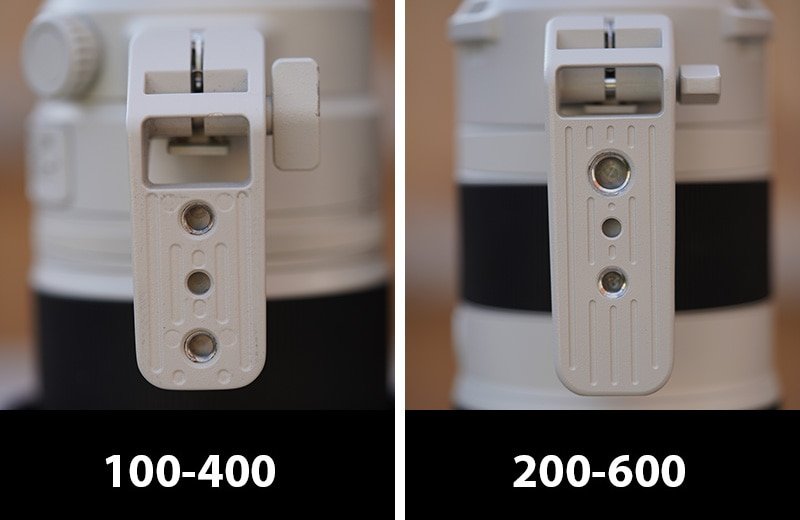
Both lenses include a tripod collar and foot. The 100-400 has two 1/4″-20 screw threads on the foot and the 200-600 has one 1/4″-20 thread and one 3/8″-20 thread.
There’s a chunky release knob on each lens to allow them to rotate within their collars. The collar cannot be removed from either lens but the feet do come off the collar exposing a 1/4″-20 thread on each.
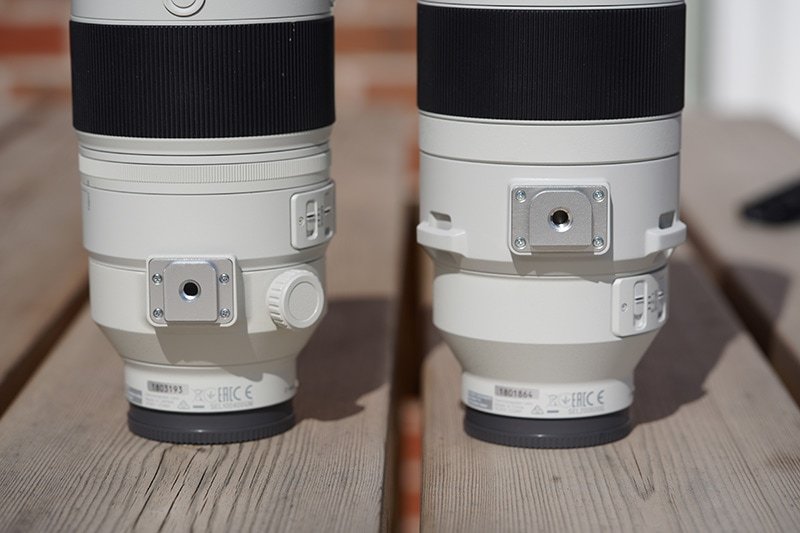
Neither feet include an Arca-Swiss quick release plate which other lenses like the Sigma 60-600 do feature. So if you wish to use the lens on a tripod or gimbal head this leaves you with two options, you can either attach an arca-swiss quick release plate to the foot, or you can replace the entire foot for one that is arca-swiss compatible.
Personally I prefer to replace the original foot with one that is arca-swiss compatible, as quick release plates can come loose and I have in the past left them at home and only realized when I came to mount the lens to my gimbal which is rather frustrating, they also add additional weight.
I’m using the Kirk LP-65 (B&H Photo) for my 100-400 and have also purchased the Kirk LP-68 (B&H Photo) for the 200-600. The foot mounts are different sizes so if you already have the Kirk LP-65 on your 100-400 I’m afraid it won’t fit the 200-600.
There’s also the Really Right Stuff LCF-102 for the 200-600 (B&H Photo). I’ve not used this myself but it goes get very positive reviews.
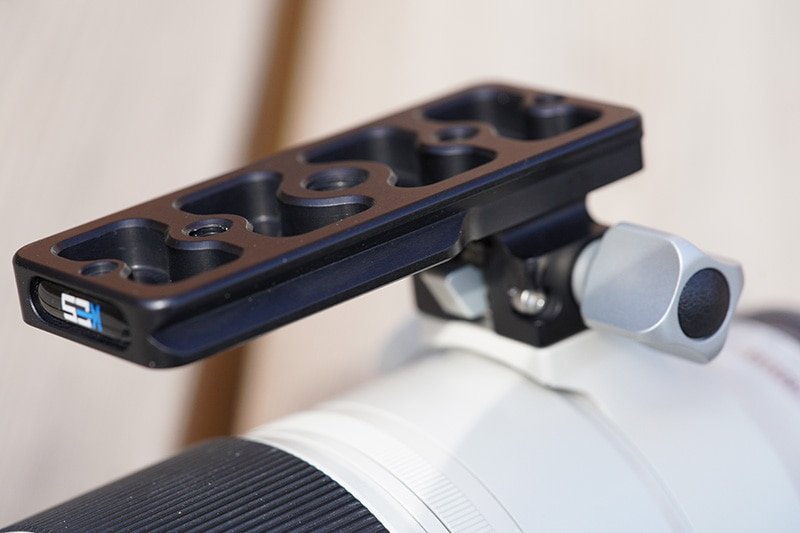
The Kirk LP-65 on the 100-400
Both the LP-65 and LP-68 are also longer and wider than the original Sony feet which makes holding the lens by the foot a lot safer and more comfortable. They also feature a similar tool free release system just like the original Sony feet.
Lens Hoods
The Sony 100-400 includes the ALC-SH151 bayonet style lens hood that features a small hatch to allow you to rotate a circular polarizer without detaching the hood, there’s also a small button to release the hood and there’s a black velvet like lining inside the hood to help reduce reflections.

The Sony 200-600 includes the ALC-SH157 bayonet style hood but unlike the 100-400 this does not include a small hatch or release button, there is also no velvet like lining on the inside just dark plastic.
The 200-600 lens hood should click into place with a nice firm click (as mine does), however some Alpha Shooters appear to have received hoods that are not attaching so firmly and a few have even lost or damaged the hoods as a result. If you do purchase this lens I’d recommend checking that the hood does click firmly into place, if this isn’t the case and you feel like it could easily come loose then I’d recommend returning the lens for a replacement.
Both hoods feature a rubber ring to protect the hood if you stand the lenses upright. Both hoods can also be inverted and attached to the lens to reduce the transport size.
Filter Threads
The Sony 100-400 features a 77mm filter thread whilst the 200-600 has a larger 95mm thread.
Teleconverter Support
Both lenses support the Sony 1.4x (SEL14TC) and 2x (SEL20TC) teleconverters.
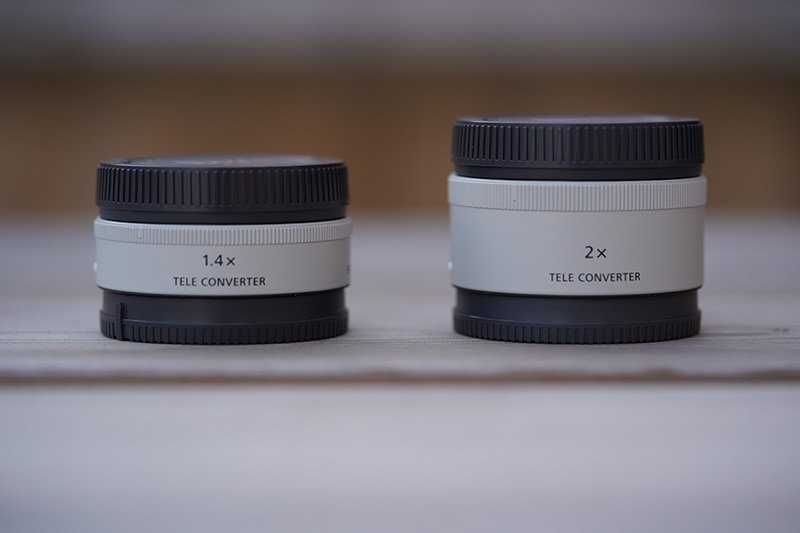
The 1.4x will extend the reach of the 100-400mm to a maximum of 560mm at f/8, and the 200-600mm to a maximum reach of 840mm at f/9. The 2.0x extends the 100-400mm to a maximum of 800mm at f/11 and the 200-600mm to a maximum of 1200mm at f/13.
Handling
The 100-400 is very well balanced even when fully extended at 400mm, the 200-600 on the other-hand seems to carry more of its weight towards the front of the lens making it a little more front heavy.
If you use these lenses side by side you are most definitely going to notice the additional 801 grams that the 200-600 is carrying. Maybe it doesn’t sound like a lot but if you are handholding then you are definitely going to feel the difference and your arms will tire much sooner than they will holding the 100-400.
If you are used to heavy lenses then the 200-600 might seem like a feather to you, but if you are coming from the 100-400 like myself then you will feel the extra weight, especially shooting birds in flight and airshows.

When it comes to zooming the 200-600 wins hands down. The internal zoom doesn’t throw off the balance at all when you zoom in and out, and the short zoom throw of 2.5 inches requires just a twist of the wrist to go from 200mm to 600mm and back again. The zoom action is also very smooth with the perfect amount of resistance.
Zooming on the 100-400 isn’t the most pleasant experience when compared to the 200-600. Even on the smoothest setting there is quite some resistance when shooting skywards which makes it more difficult to achieve a nice smooth zoom action. The zoom throw is also greater at around 3.5 inches and may require you to adjust your grip when zooming from 100-400.
If you are using a gimbal then balancing the 200-600 is a breeze and due to it’s internal zoom design it remains balanced as you zoom in and out. The 100-400 isn’t so gimbal friendly and you’ll need to balance it at each focal length you wish to use it at or simply tighten the gimbal head each time you remove your hands.
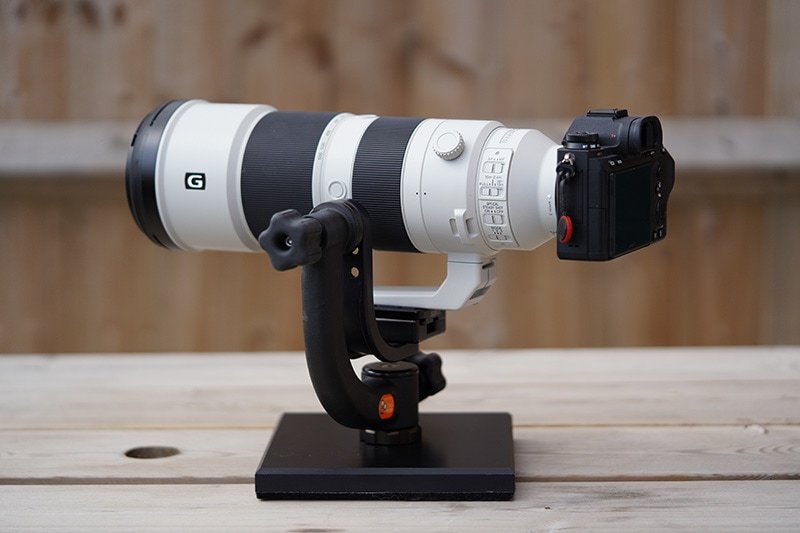
Field of View
The Sony FE 100-400 covers a focal range of 100-400mm, whereas the Sony FE 200-600 coverers a focal range of 200-600mm. Here’s a quick field of view comparison for these different focal lengths.
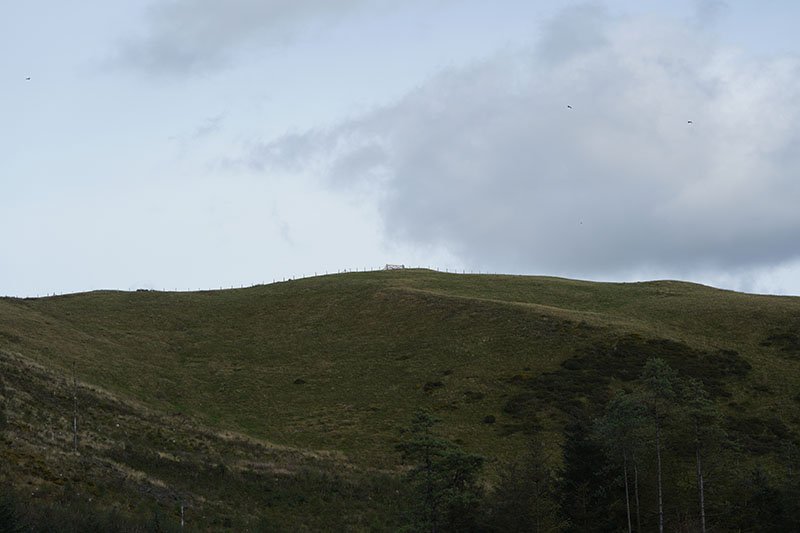
100mm

200mm

400mm
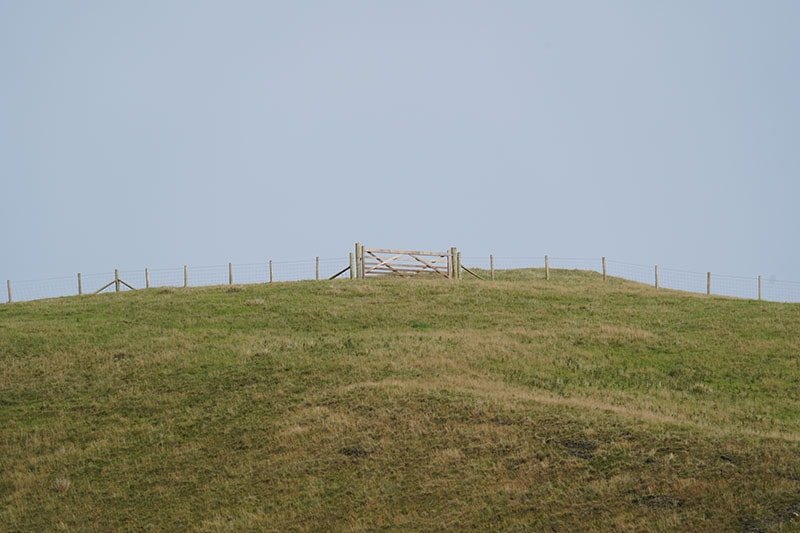
600mm
You can add the 1.4x teleconverter to the 100-400 which takes you to 560mm and gets you close to 600, however you’ll now be at f/8 compared with f/6.3 of the 200-600. Also adding the teleconverter does impact image quality which you will see in the following sharpness tests.
Sharpness Comparison
For these sharpness tests I mainly used my Sony a7R III together with a sturdy tripod. I’ve also added a few shots from my a9.
I turned off stabilization, used the electronic shutter to avoid any shutter shock and triggered the a7R III shutter using the Sony RMT-P1BT remote control. The a9 was set on a 5 second timer.
I also manually focused with the help of focus peaking + focus zoom and took multiple shots whilst micro adjusting the focus, selecting only the sharpest images from each lens to compare.
200mm Comparison 1
The following two images I shot from around 15m away and I focused on Manny the Mammoth’s yellow label. I shot wide open at f/5.6 on both lenses. Hit the links below each image to download the full sized images.
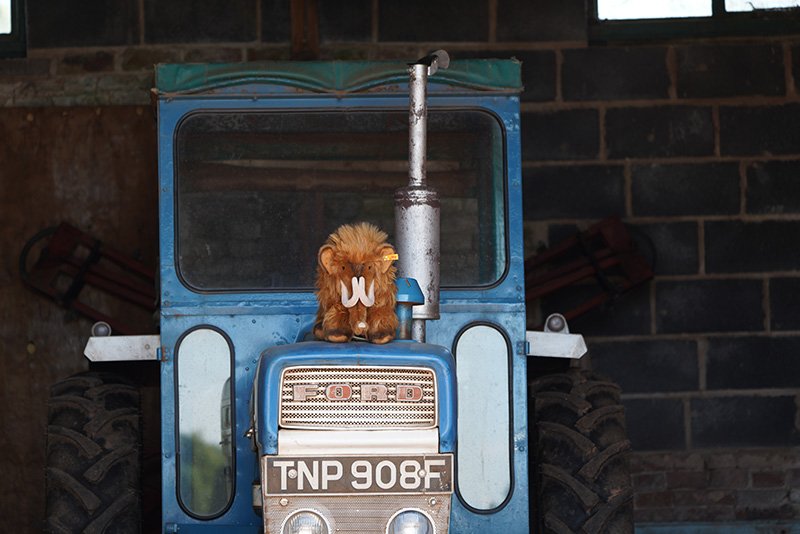
Sony a7R III + 100-400 @ 200mm | 1/50 | f/5.6 | ISO 100 | Full Resolution SOOC Download: JPEG | RAW **
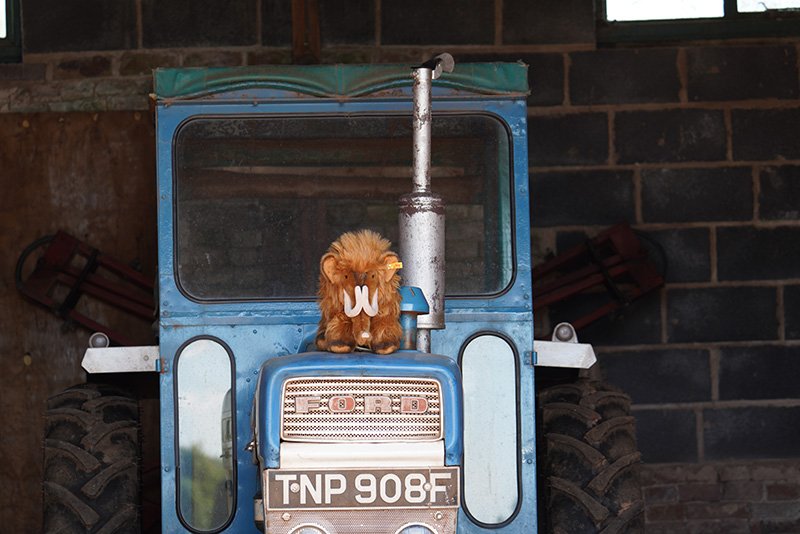
Sony a7R III + 200-600 @ 200mm | 1/40 | f/5.6 | ISO 100 | Full Resolution SOOC Download: JPEG | RAW **
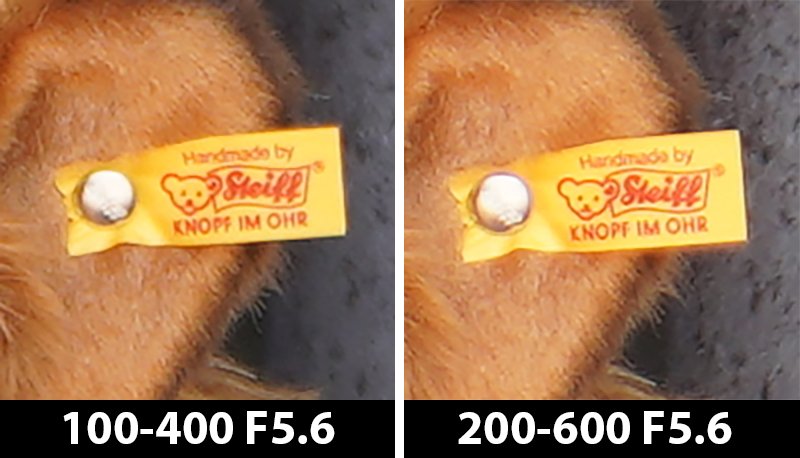
And here’s a 200% crop and side-by-side comparison:
To my eyes at least it’s very difficult to say that one image is clearly sharper than the other with this particular subject and at this shooting distance.
200mm Comparison 2
The next two images I shot from around 30m away and I focused on the first paragraph of text under “BBQ Book”. I shot wide open at f/5.6 on both lenses.
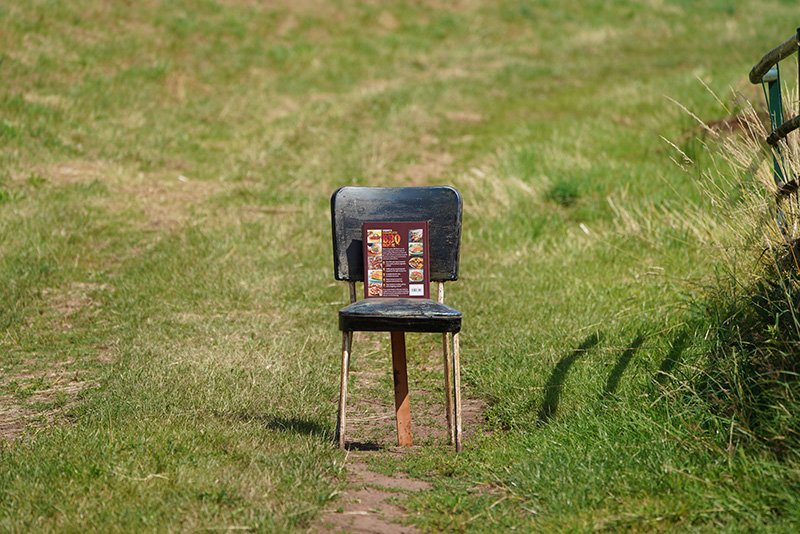
Sony a7R III + 100-400 @ 200mm | 1/500 | f/5.6 | ISO 100 | Full Resolution SOOC Download: JPEG | RAW **
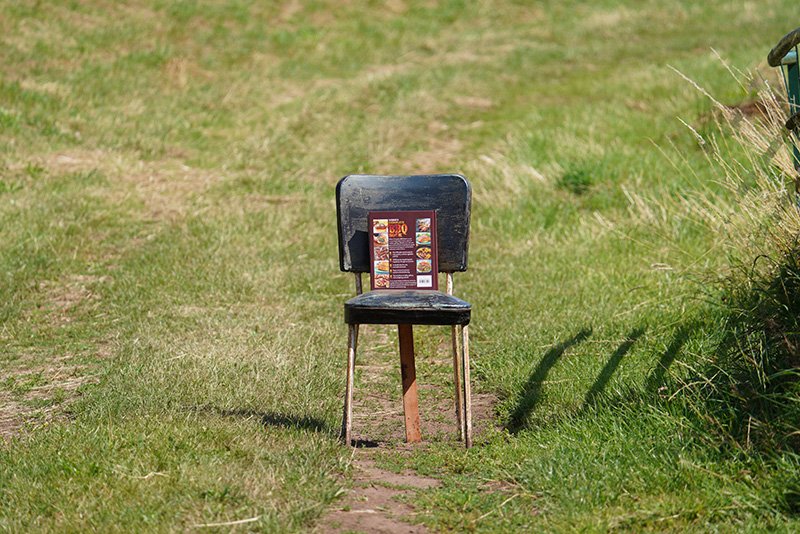
Sony a7R III + 200-600 @ 200mm | 1/400 | f/5.6 | ISO 100 | Full Resolution SOOC Download: JPEG | RAW **

And here’s a 100% crop and side-by-side comparison:
Just like the previous two images, it’s difficult to say that one image is clearly sharper than the other with this subject and at this shooting distance. However, if I had to pick one I would say that the 100-400 is perhaps just the tiniest bit sharper in this example. Let me know if you agree in the comments below.
400mm Comparison 1
The following two images I shot again from around 15m away and I focused on Manny the Mammoth’s yellow label. I shot wide open on both lenses so that’s f/5.6 on the 100-400 and f/6.3 on the 200-600 at 400mm. Hit the links below each image to download the full sized images.

Sony a7R III + 100-400 @ 400mm | 1/100 | f/5.6 | ISO 100 | Full Resolution SOOC Download: JPEG | RAW **

Sony a7R III + 200-600 @ 400mm | 1/60 | f/6.3 | ISO 100 | Full Resolution SOOC Download: JPEG | RAW **
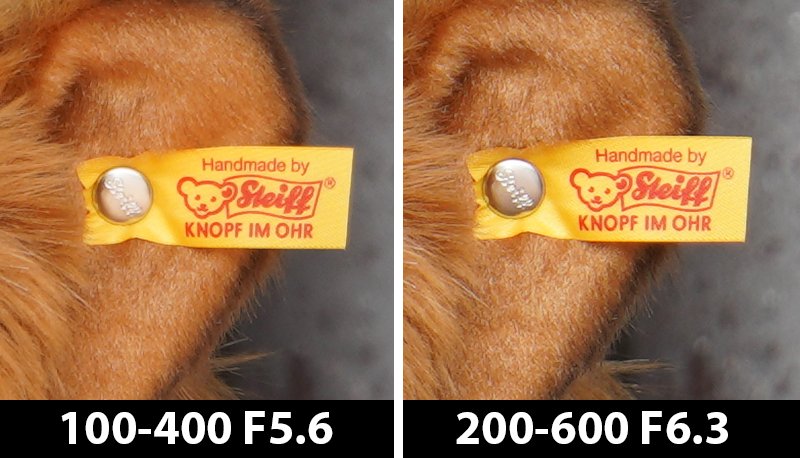
And here’s a 100% crop and side-by-side comparison:
Although it’s very close, I think I’m going to have to give the 200-600 the win this time but only by a whisker.
400mm Comparison 2
The next two images I shot from around 30m away and I focused on the first paragraph of text under “BBQ Book”. I shot wide open at f/5.6 on the 100-400 and f/6.3 on the 200-600. I also stepped the 100-400 down to f/6.3 to do an equal aperture comparison.
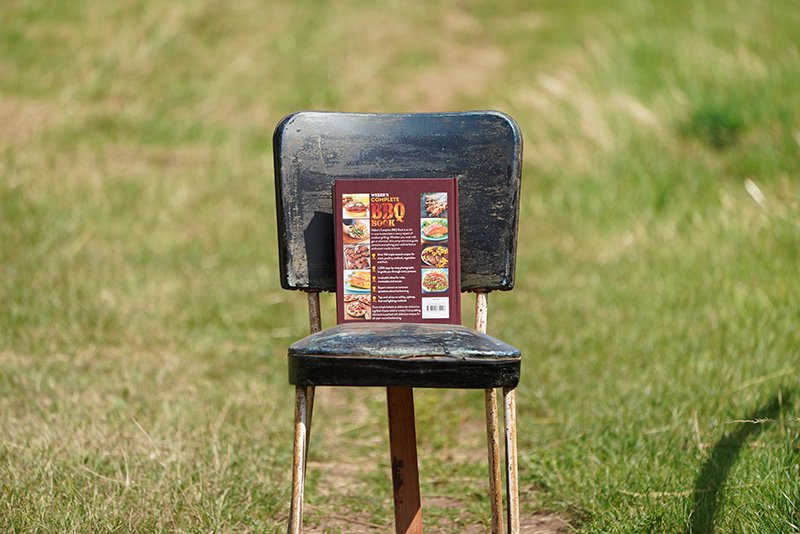
Sony a7R III + 100-400 @ 400mm | 1/400 | f/5.6 | ISO 100 | Full Resolution SOOC Download: JPEG | RAW **
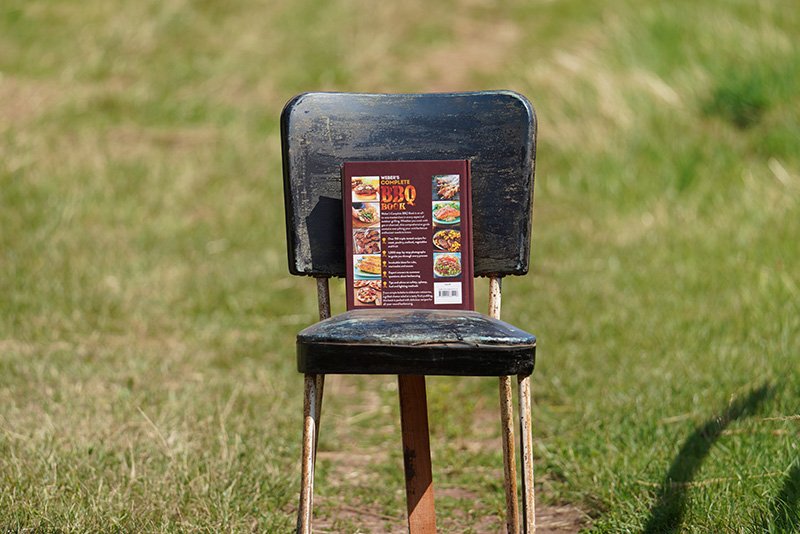
Sony a7R III + 200-600 @ 400mm | 1/400 | f/6.3 | ISO 100 | Full Resolution SOOC Download: JPEG | RAW **

And here’s a 100% crop and side-by-side comparison:
Although it’s very close again, the 200-600 is definitely a little bit sharper in this example. However, since I know that the 100-400 is a little sharper when you step down, here’s another 100% crop comparison but this time with the 100-400 at f/6.3 to match the aperture of the 200-600.

You can can clearly see that by stepping the 100-400 down to f/6.3 it now matches the sharpness of the 200-600 wide-open at f/6.3 but it doesn’t appear to improve upon it at least to my eyes. You can also download the full size f/6.3 shot in JPEG or RAW ** for your own viewing.
400mm Comparison 3
The next two images I shot from around 25m away and I focused on the “HPI Racing” text. I shot wide open at f/5.6 on the 100-400 and f/6.3 on the 200-600. I also again stepped the 100-400 down to f/6.3 to do an equal aperture comparison.
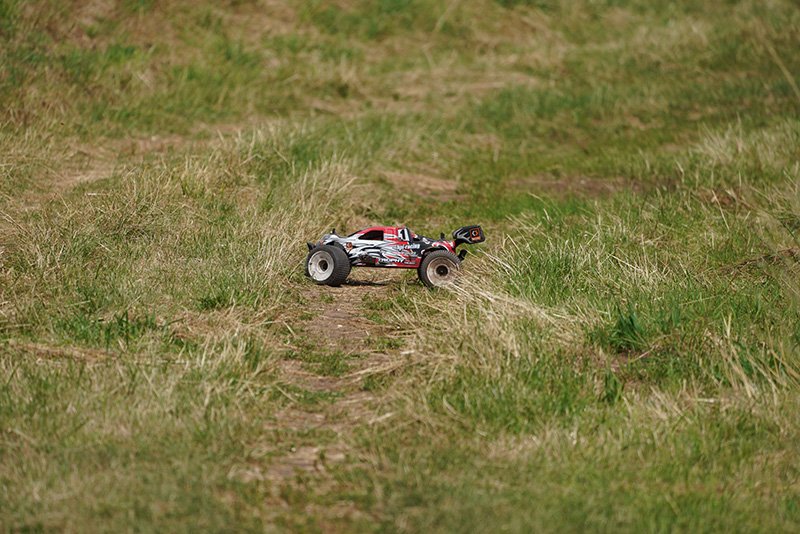
Sony a7R III + 100-400 @ 400mm | 1/800 | f/5.6 | ISO 100 | Full Resolution SOOC Download: JPEG | RAW **

Sony a7R III + 200-600 @ 400mm | 1/640 | f/6.3 | ISO 100 | Full Resolution SOOC Download: JPEG | RAW **
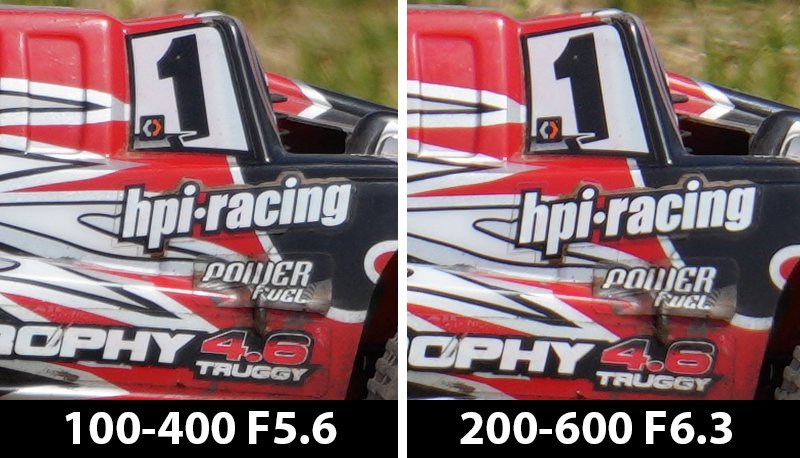
And here’s a 100% crop and side-by-side comparison:
It’s another very close fight, but if my eyes aren’t deceiving me then the 200-600 is again just that little bit sharper in this example, but certainly nothing to shout about.
Here’s another 100% crop comparison but this time with the 100-400 stepped down to f/6.3 again to match the aperture of the 200-600.
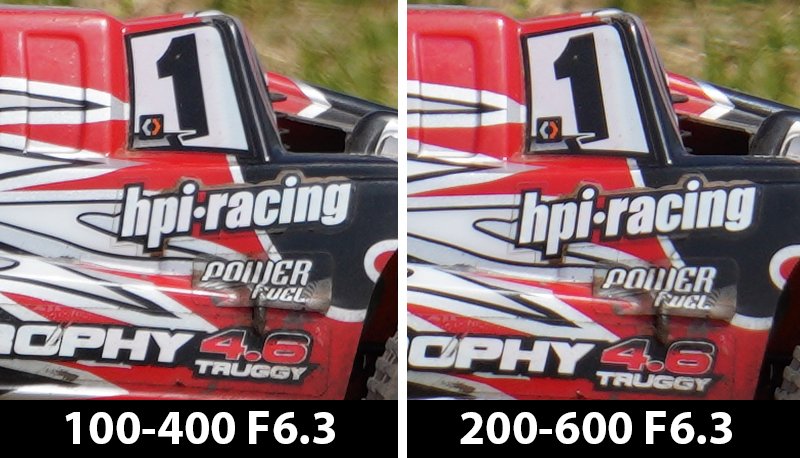
Just like the previous example when the 100-400 is stepped down to f/6.3 it now appears to match the sharpness of the 200-600 wide-open at f/6.3. You can also download the full size f/6.3 shot in JPEG or RAW ** for your own viewing.
At 560mm and 600mm Comparison 1
I’ve now added the Sony 1.4x teleconverter (SEL14TC) to the 100-400 to take the focal length to 560mm and the aperture down to f/8 wide-open (you lose one stop by adding the 1.4x).
I shot the 200-600 at 600mm and wide-open at f/6.3. The following two images I shot again from around 15m away and I focused on Manny the Mammoth’s yellow label.
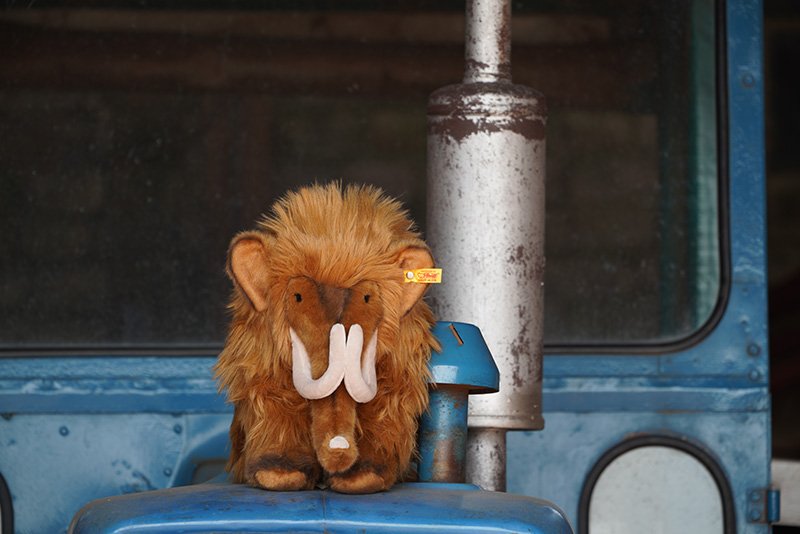
Sony a7R III + 100-400 + 1.4x @ 560mm | 1/30 | f/8 | ISO 100 | Full Resolution SOOC Download: JPEG | RAW **
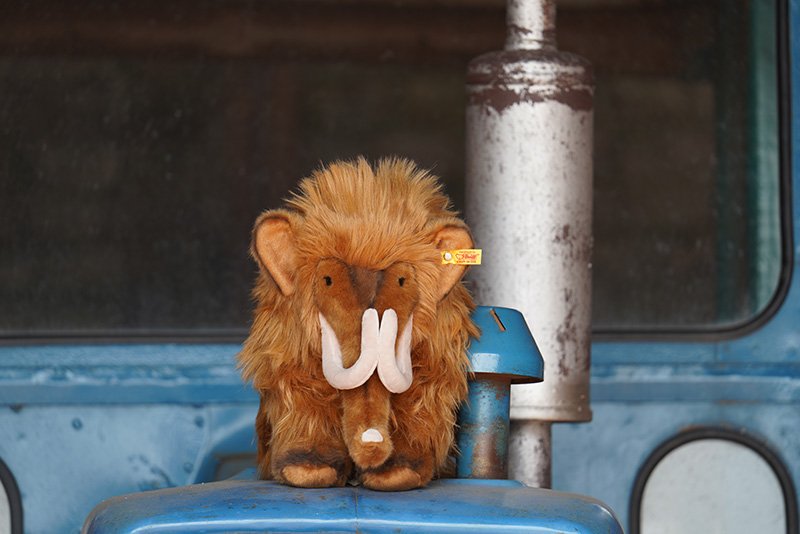
Sony a7R III + 200-600 @ 600mm | 1/60 | f/6.3 | ISO 100 | Full Resolution SOOC Download: JPEG | RAW **

And here’s a 100% crop and side-by-side comparison:
I think that it’s safe to say that the 200-600 at 600mm f/6.3 is sharper than the 100-400 + 1.4x at 560mm f/8, at least with this subject and shooting distance.
What if I now add the 1.4x to the 200-600mm to take it to 840mm and f/9? Here’s a 100% crop of the same image:

As you can see from this image, the 200-600 still retains excellent sharpness at 840mm f/9 when using the 1.4x teleconverter. You can also download the full size 840mm shot in JPEG or RAW ** for your own viewing.
At 560mm and 600mm Comparison 2
The next two images I shot from around 30m away and I focused on the first paragraph of text under “BBQ Book”. I shot wide open at f/8 on the 100-400 with the 1.4x at 560mm, and on the 200-600 at f/6.3and 600mm.
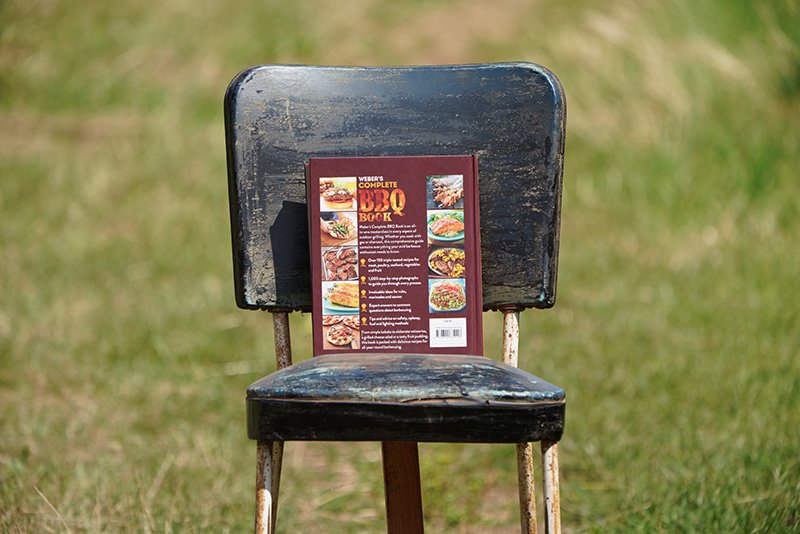
Sony a7R III + 100-400 + 1.4x @ 560mm | 1/30 | f/8 | ISO 100 | Full Resolution SOOC Download: JPEG | RAW **
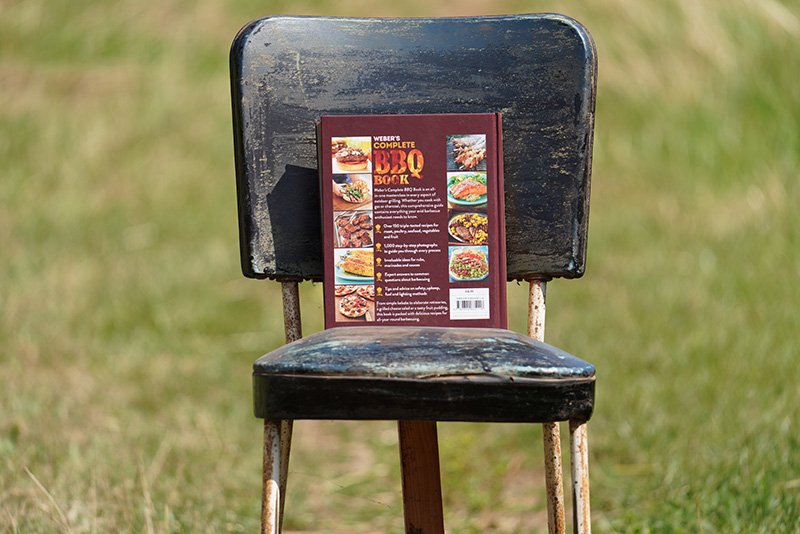
Sony a7R III + 200-600 @ 600mm | 1/60 | f/6.3 | ISO 100 | Full Resolution SOOC Download: JPEG | RAW **

And here’s a 100% crop and side-by-side comparison:
Looking at these two images side-by-side it’s pretty clear to see that the 200-600 at 600mm f/6.3 is again sharper than the 100-400 + 1.4x at 560mm f/8, at least with this subject and shooting distance.
At 560mm and 600mm Comparison 3
The next two images I shot from around 100m away and I focused on the window. I shot wide open at f/8 on the 100-400 + 1.4x at 560mm, and on the 200-600 at f/6.3 and 600mm. I used my a9 for these shots.
Unfortunately the weather wasn’t playing nice and the light was changing pretty fast which made it harder to balance the exposure between shots. There was also a good breeze so I shot at 1/1000 to eliminate any movement but this pushed up the ISO. Full size SOOC JPEG’s are available to download but I forgot I was shooting my a9 in JPEG only so no RAW files this time I’m afraid.
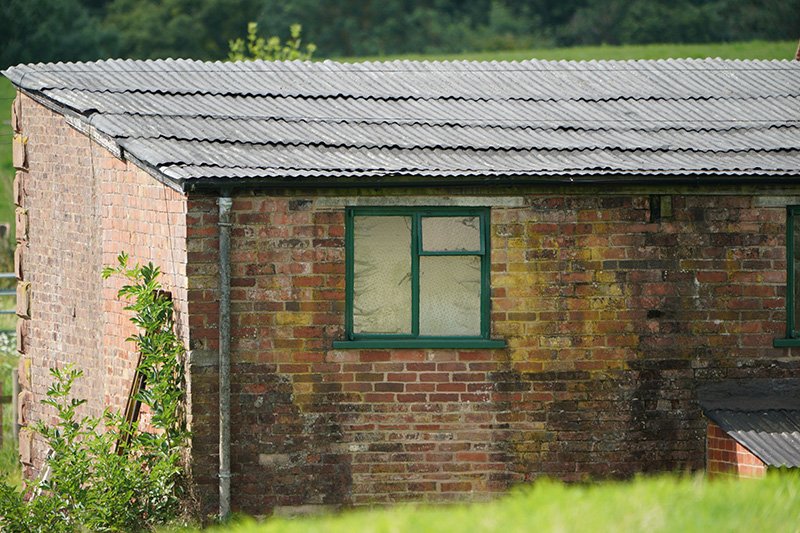
Sony a9 + 100-400 + 1.4x @ 560mm | 1/1000 | f/8 | ISO 1000 | Full Resolution SOOC Download: JPEG

Sony a9 + 200-600 @ 600mm | 1/1000 | f/6.3 | ISO 1250 | Full Resolution SOOC Download: JPEG
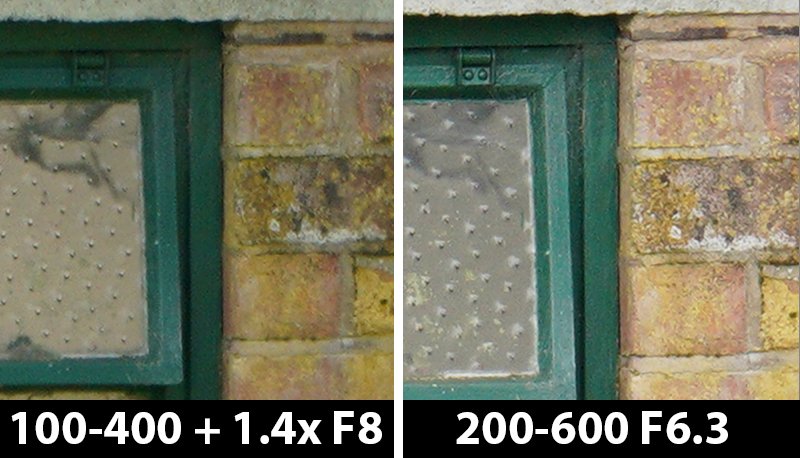
And here’s a 100% crop and side-by-side comparison:
It’s clear again that the 200-600 at 600mm is sharper than the 100-400 + 1.4x teleconverter at 560mm.
Now again adding the 1.4x to the 200-600mm to take it to 840mm and f/9. Here’s a 100% crop of the same image:

Again the 200-600 still retains very good sharpness at 840mm f/9 when using the 1.4x teleconverter. You can also download the full size 840mm shot in JPEG for your own viewing.
Sharpness Summary
Shooting wide-open at 200mm I’m really not seeing any big differences in sharpness between the lenses.
At 400mm it appears that the 200-600 could possibly have a very small sharpness advantage over the 100-400 at f/5.6. But when you step the 100-400 down to f/6.3 both lenses appear to be equally sharp.
I was actually expecting the 100-400mm to be sharper than the 200-600 at 400mm when shooting wide-open, so I’m rather surprised to see these results. I even thought that perhaps my 100-400 GM has quality issues and could possibly be decentered, but I checked and it isn’t. Still, I wanted to be certain of these results so I hired another 100-400 GM for a couple of days but the results were the same.
Adding the teleconverter to the 100-400 to take it to 560mm and f/8 definitely impacts the image quality, and it’s fairly clear from the images I’ve shot so far that the 200-600 at 600mm f/6.3 is the sharper lens by a good margin when you start to pixel peep.
Adding the 1.4x teleconverter to the 200-600 to take it to 840mm and f/9 does not appear to impact the image quality as much as it does on the 100-400. Still, I’d like to do further comparisons to confirm this, along with some comparisons with the 2x teleconverter.
Vignetting Comparison
Vignetting, also known as “light fall-off” is simply the darkening of image corners when compared to the center. If you are shooting JPEG’s then vignetting can be controlled using in-camera lens corrections and if you are shooting raw then you can apply lens corrections in post.
The following exciting sky shots have been taken with in-camera lens corrections turned both on and off, when turned off they also match what is seen in the raw files.
Vignetting at 200mm
At 200mm and shooting wide-open both lenses show no signs of vignetting with lens corrections turned on. Turn off the corrections and the 200-600 clearly shows that the lens corrections are working harder at 200mm than the 100-400.
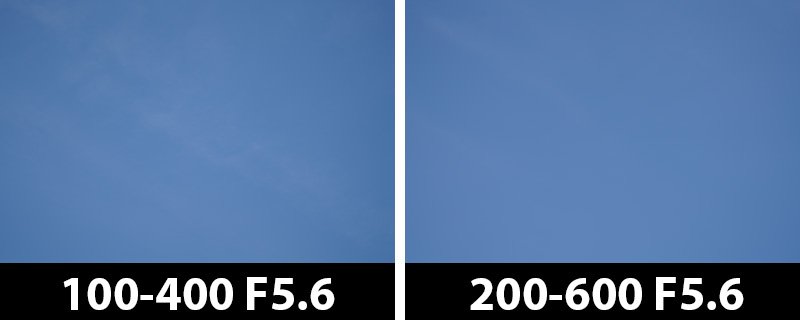
With Lens Corrections Turned On
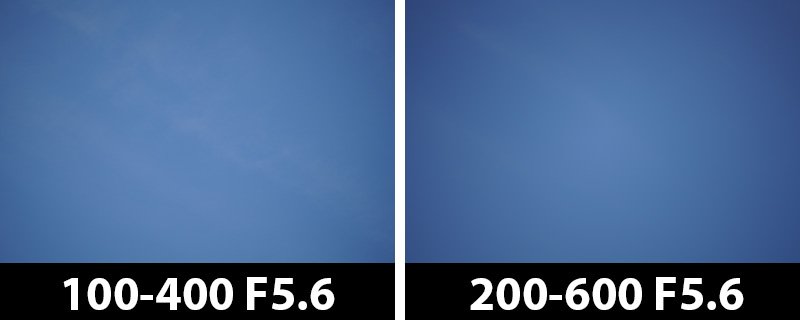
With Lens Corrections Turned Off
Vignetting at 400mm
At 400mm and shooting wide-open both lenses show no signs of vignetting with lens corrections turned on. Turn off the corrections and the 100-400 displays heavier vignetting than the 200-600.
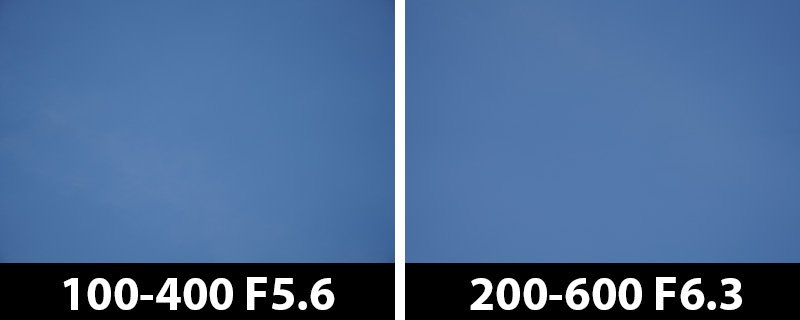
With Lens Corrections Turned On

With Lens Corrections Turned Off
Vignetting at 560mm / 600mm
Adding the 1.4x teleconverter (SEL14TC) to take the 100-400 to 560mm / f8 and you’ll see signs of vignetting even when lens corrections are turned on, whereas the 200-600mm displays no signs of vignetting. Turning off lens corrections and both lenses now show signs of mild vignetting, although the corners are much darker with the 100-400.
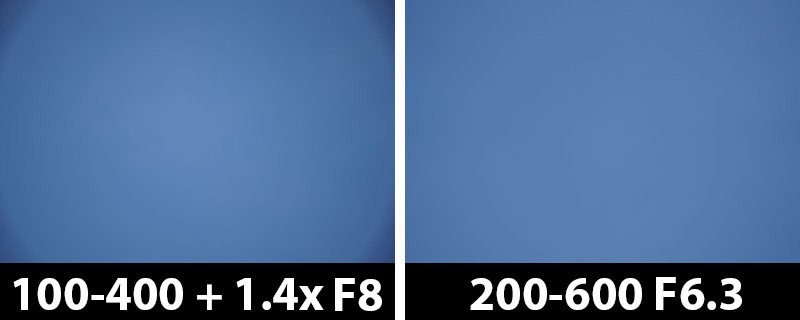
With Lens Corrections Turned On

With Lens Corrections Turned Off
Vignetting with 1.4x Teleconverter at 560mm / 840mm
Now comparing both lenses with the 1.4x (SEL14TC) attached and shooting wide-open you’ll see that with lens corrections turned on the 200-600 displays only a hint of vignetting. Turning off lens corrections and again both lenses now show signs of mild vignetting, although the corners are still much darker with the 100-400.

With Lens Corrections Turned On

With Lens Corrections Turned Off
Vignetting with 2x Teleconverter at 800mm / 1200mm
Now comparing both lenses with the 2x (SEL20TC) attached and shooting wide-open, you’ll see that with lens corrections turned on both lenses are well corrected in-camera. Turning off lens corrections and the 100-400 shows a small amount of light fall-off in the corners whereas the 200-600 is pretty much vignetting free.
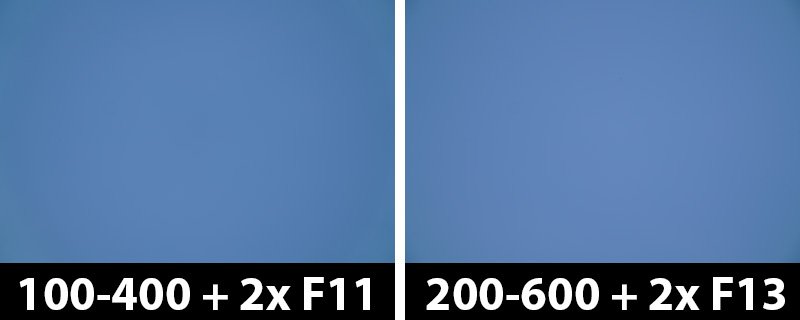
With Lens Corrections Turned On
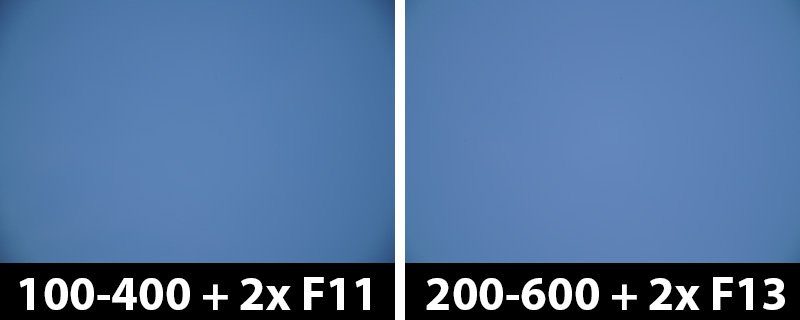
With Lens Corrections Turned Off
Vignetting Summary
With in-camera lens corrections turned on you’ll struggle to spot any signs of vignetting at 200mm and 400mm with both lenses, turn off the corrections and the 100-400 displays heavier vignetting than the 200-600 at 400mm.
Taking the 100-400 to 560mm with the 1.4x teleconverter and you’ll now see signs of vignetting even with corrections turned on, whereas the 200-600 shows no signs of vignetting at 600mm with corrections turned on. Turning off lens corrections and both lenses now show signs of mild vignetting, although the corners are much darker with the 100-400.
Add the 1.4x (SEL14TC) teleconverter to the 200-600 to take it to 840mm / f/9 and you’ll see a very small amount of vignetting with corrections turned on, but it’s an improvement over the 100-400 + 1.4x. Turn off lens corrections and the 200-600 now shows signs of mild vignetting.
Finally adding the 2x (SEL20TC) teleconverter and shooting at the maximum focal length and aperture you’ll see that both lenses show no signs of vignetting with corrections turned on. Turning off lens corrections and the 100-400 shows a small amount of light fall-off in the corners whereas the 200-600 is pretty much vignetting free.
So basically other than at 200mm where the 100-400 takes the win, the 200-600 is much better controlled for vignetting at 400mm, 600mm and when both the 1.4x and 2x teleconverters are added.
Chromatic Aberration
Let’s see how well both the 100-400 GM and the 200-600 G compare when it comes to their handling of Chromatic Aberration (CA), also known as “color fringing” or “purple fringing”.
Longitudinal Chromatic Aberration
Longitudinal Chromatic Aberration, also known as “LoCA”.
400mm vs 600mm
The following shots were taken with both lenses at their maximum focal lengths and apertures. So the 100-400 was at 400mm f/5.6 and the 200-600 at 600mm f/6.3.
With Lens Corrections Turned Off
The following image comparison is a 100% crop from the center of the frame with lens corrections turned off.
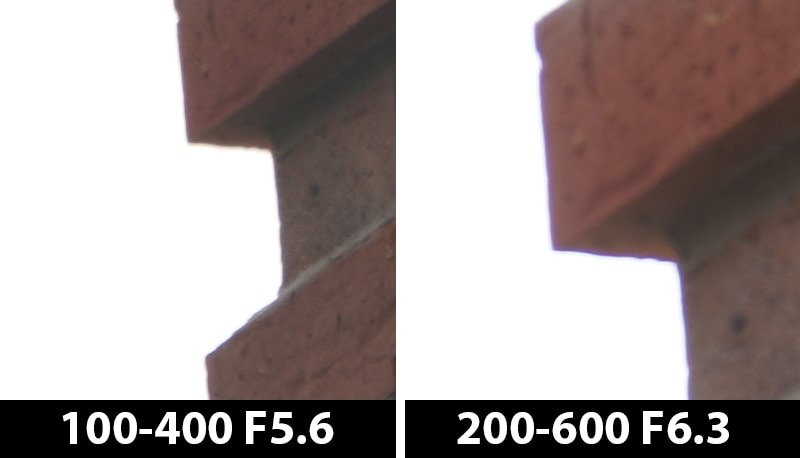
The following image comparison is a 100% crop from the edge of the frame with lens corrections turned off.
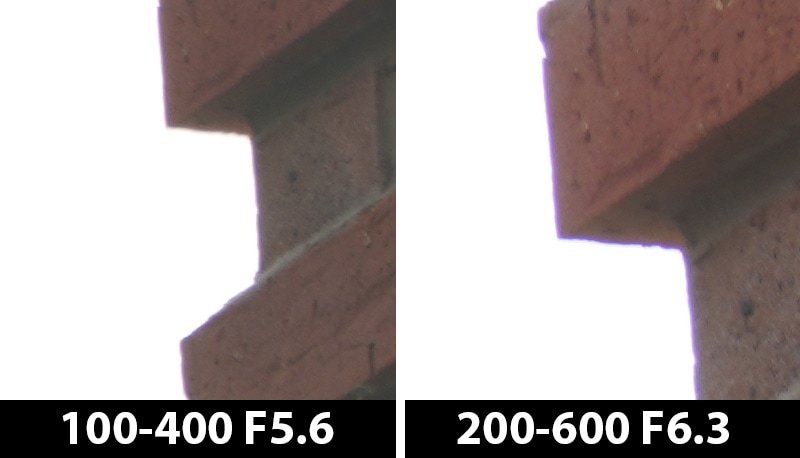
As you can hopefully see the 100-400 shows no signs of CA either in the center of the frame and only the smallest amount towards the edge of the frame with lens corrections turned off. The 200-600 however shows clear signs of CA in the center of the frame and at the edges, with the edge CA being more pronounced than the center.
With Lens Corrections Turned On
The following image comparison is a 100% crop from the center of the frame with lens corrections turned on.
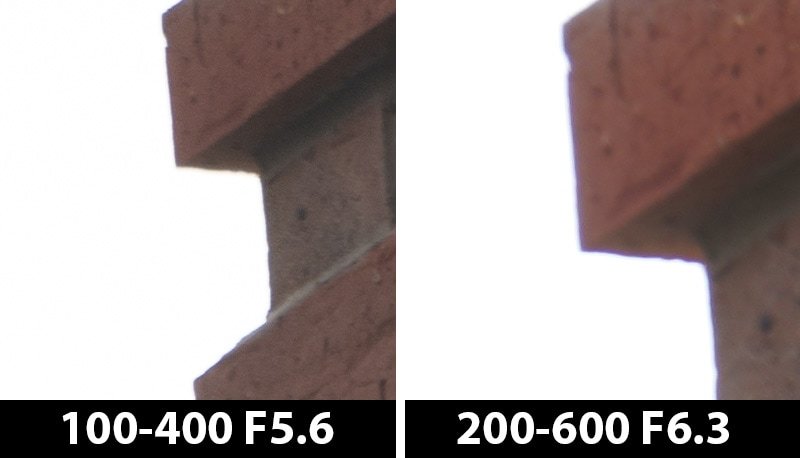
The following image comparison is a 100% crop from the edge of the frame with lens corrections turned on.

The 100-400 shows no signs of CA either in either the center or towards the edge of the frame when lens corrections are turned on. The 200-600 still shows clear signs of CA in the center of the frame and at the edges, with the edge CA being more pronounced than the center even with lens corrections turned on.
Chromatic Aberration Summary
At least when shooting at their respective maximum focal lengths and apertures the 100-400 appears to handle CA a lot better than the 200-600. It shows no signs of CA in the center of the frame with corrections turned on and only the smallest amount of CA towards the edges. Turn on lens corrections as there is no VA visible anywhere in the frame.
The 200-600 is showing signs of CA both in the center of the frame and towards the edges where it becomes more pronounced. Turning on lens corrections helps to reduce the CA but it’s not removed completely and you may need to apply further CA removal in post if shooting subjects with high contrast. If you step the lens down to f/11 then CA is no longer visible but I doubt many of us will be shooting at f/11.
This is a pretty extreme test and thankfully I’ve not spotted any CA in the real world images that I’ve shot with the 200-600 so far, but I will certainly be keeping an eye out for this.
Color Rendition
I shot the following color chart on my Sony a7III to see how each lens renders color, both images are unprocessed raw files.
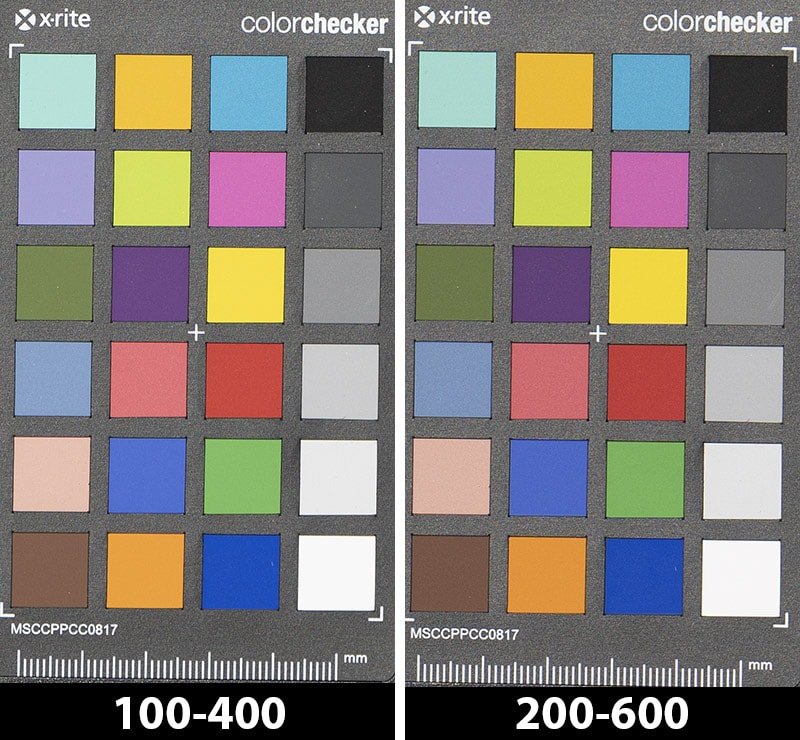
We all perceive color differently so this test will be somewhat subjective. To my eyes it looks like the 200-600 has a little more contrast but there’s really very little in it and if you process your images anyway this is really a moot point.
Autofocus Test with Frank
In the following video featuring my dog Frank I tested both lenses at 400mm, then added the 1.4x to the 100-400 and tested it at 560mm vs the 200-600 at 600mm. Both lenses were shot wide-open and I used 4 different cameras: the a6400, a7III, a7R III and a9 to give you an idea of how it performs on each camera, since the camera used will always impact the AF performance of the lens.
Overall the 100-400 at 400mm had a keeper rate of 96% compared to 93% of the 200-600 at 400mm. However, the tables were turned when I added the 1.4x to the 100-400 which reduced the keeper rate to 92% at 560mm, this compared to 95% with the 200-600 at 600mm.
The a7R III had an overall keeper rate of 85% compared to 87% for both the a6400 and a7III. The a9 didn’t miss a shot with a keeper rate of 100%. Of course Frank is not the most challenging of subjects but he was the most convenient for testing so many cameras and focal lengths.
Here are some of the images from the test shoot. The light was changeable so it was impossible to balance the exposures perfectly between shots. I was also shooting in JPEG only so no RAW files I’m afraid.
Sony a6400 Autofocus Test at 400mm
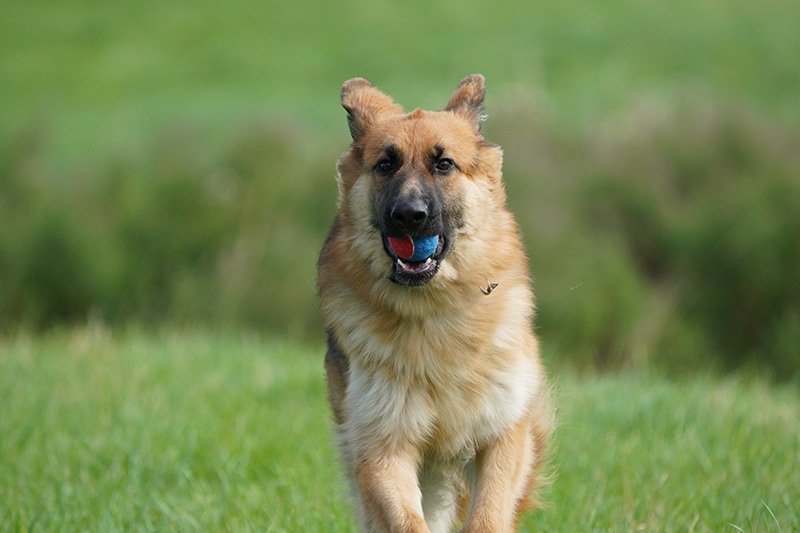
Sony a6400 + 100-400 @ 400mm | 1/2000 | f/5.6 | ISO 800 | Full Resolution SOOC Download: JPEG
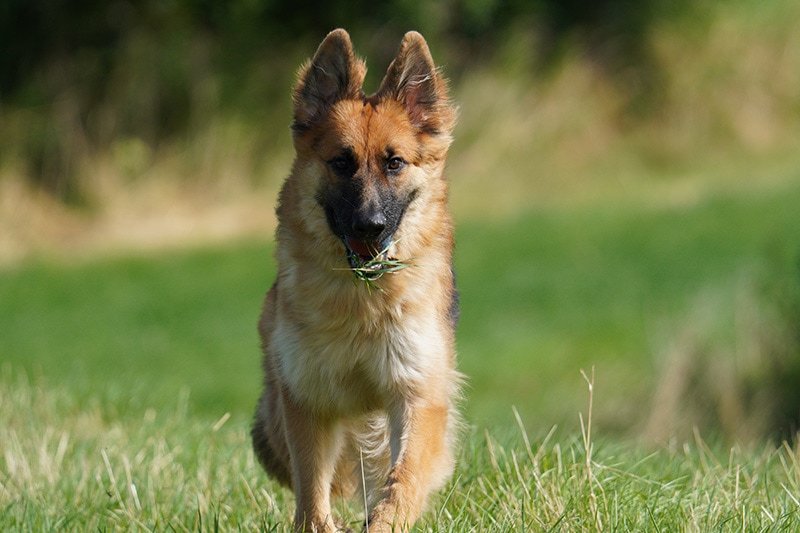
Sony a6400 + 200-600 @ 400mm | 1/2000 | f/6.3 | ISO 500 | Full Resolution SOOC Download: JPEG
Sony a6400 Autofocus Test at 560mm / 600mm
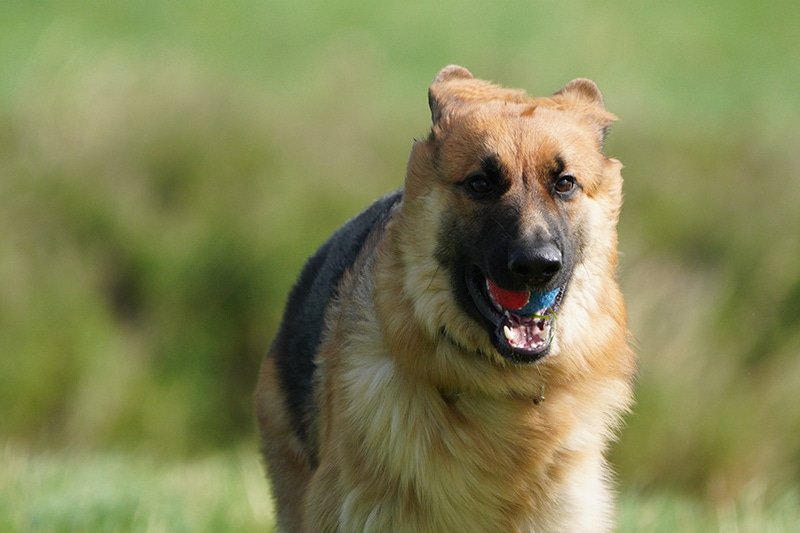
Sony a6400 + 100-400 + 1.4x @ 560mm | 1/2000 | f/8 | ISO 1000 | Full Resolution SOOC Download: JPEG
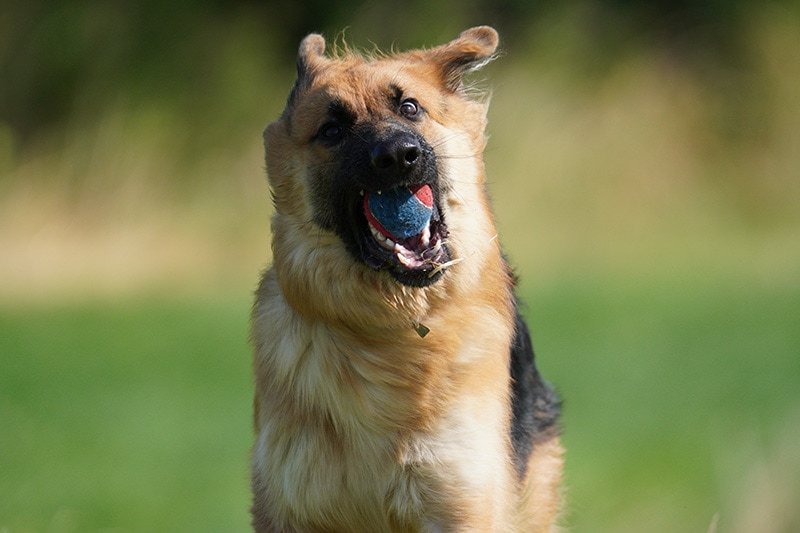
Sony a6400 + 200-600 @ 600mm | 1/2000 | f/6.3 | ISO 640 | Full Resolution SOOC Download: JPEG
If you download and take a closer look at the images you’ll struggle to spot much difference at 400mm between the lenses, but the 200-600 wins again at 600mm when compared with the 100-400 + 1.4x at 560mm.
Sony a7III Autofocus Test at 400mm
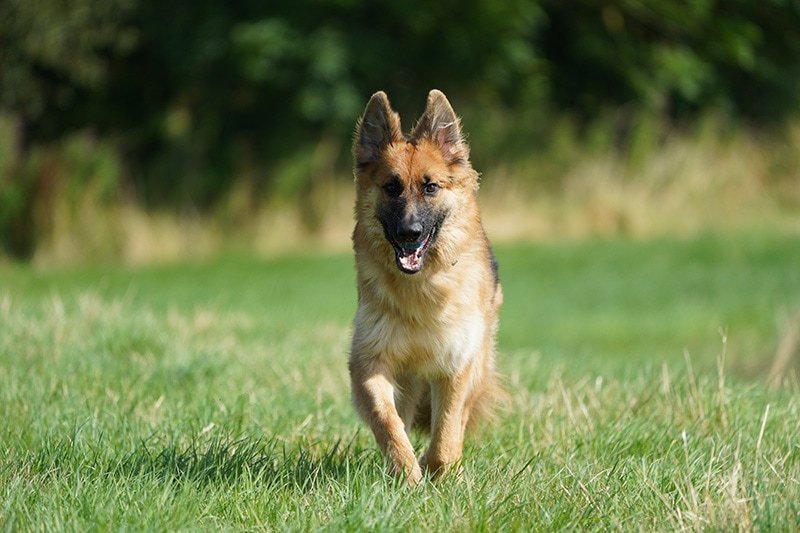
Sony a7III + 100-400 @ 400mm | 1/2000 | f/5.6 | ISO 640 | Full Resolution SOOC Download: JPEG
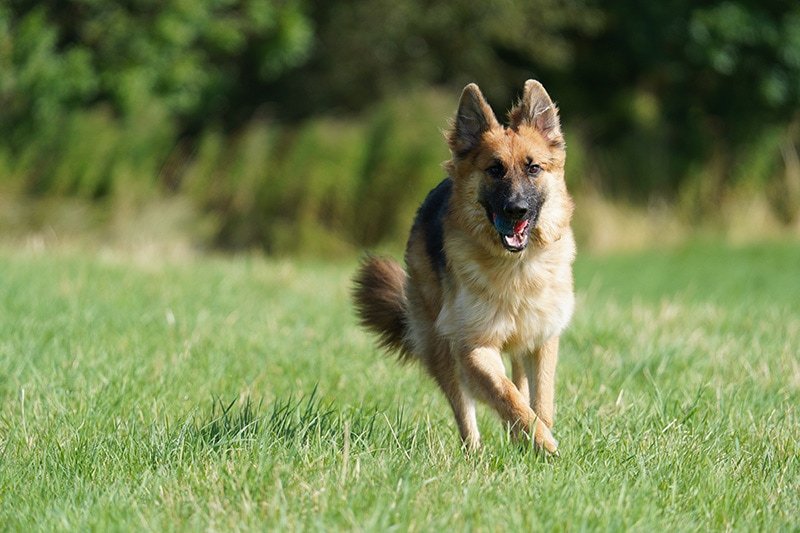
Sony a7III + 200-600 @ 400mm | 1/2000 | f/6.3 | ISO 800 | Full Resolution SOOC Download: JPEG
Sony a7III Autofocus Test at 560mm / 600mm
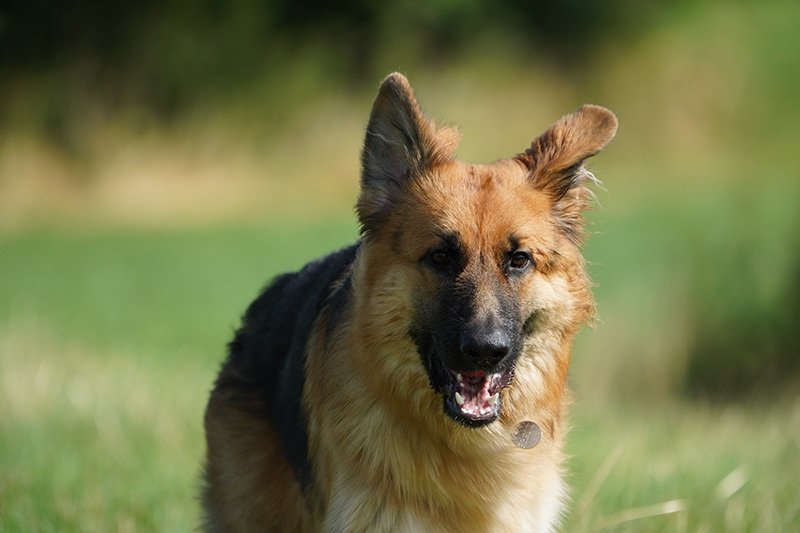
Sony a7III + 100-400 + 1.4x @ 560mm | 1/2000 | f/8 | ISO 1250 | Full Resolution SOOC Download: JPEG

Sony a7III + 200-600 @ 600mm | 1/2000 | f/6.3 | ISO 640 | Full Resolution SOOC Download: JPEG
Sony a7R III Autofocus Test at 400mm
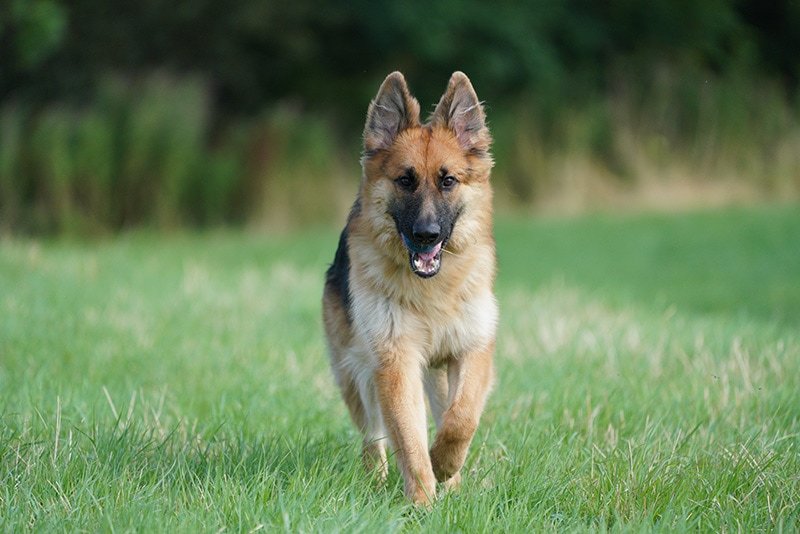
Sony a7R III + 100-400 @ 400mm | 1/2000 | f/5.6 | ISO 1600 | Full Resolution SOOC Download: JPEG

Sony a7R III + 200-600 @ 400mm | 1/2000 | f/6.3 | ISO 1250 | Full Resolution SOOC Download: JPEG
Sony a7R III Autofocus Test at 560mm / 600mm
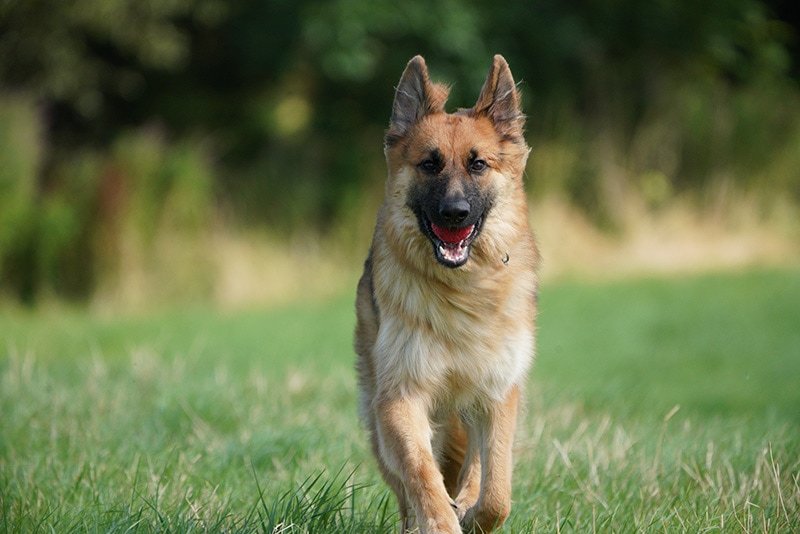
Sony a7R III + 100-400 + 1.4x @ 560mm | 1/2000 | f/8 | ISO 2000 | Full Resolution SOOC Download: JPEG
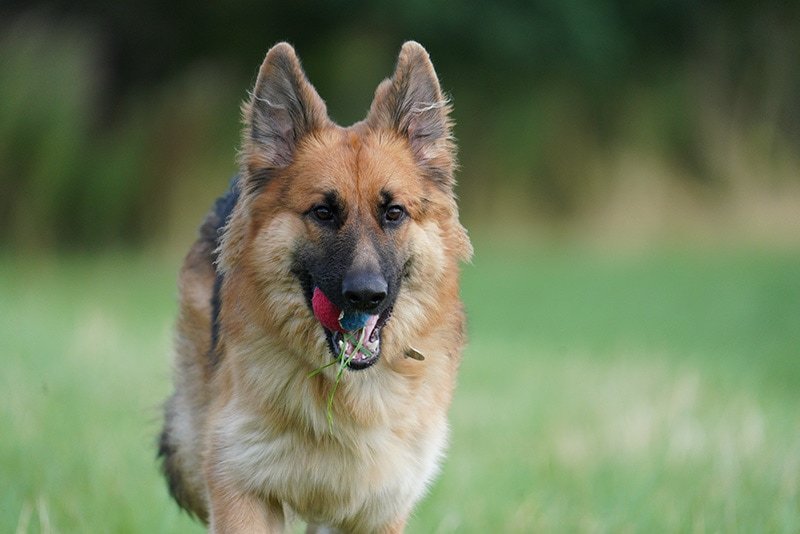
Sony a7R III + 200-600 @ 600mm | 1/2000 | f/6.3 | ISO 2000 | Full Resolution SOOC Download: JPEG
Sony a9 Autofocus Test at 400mm
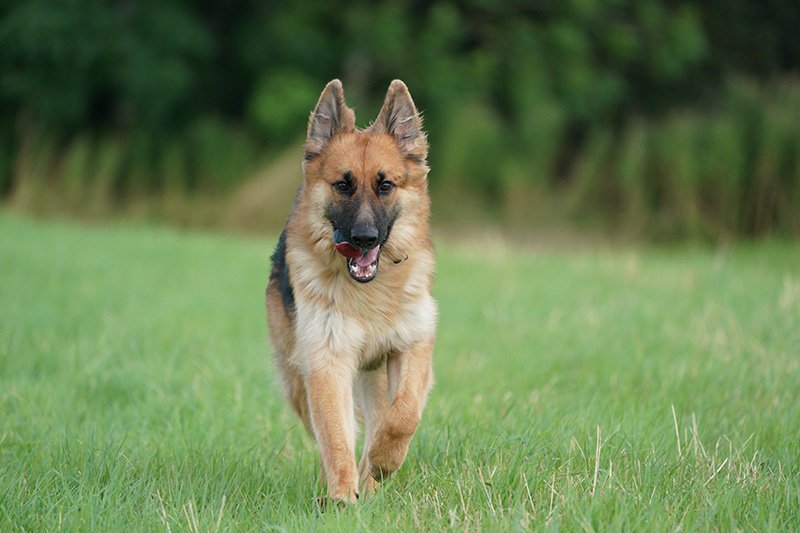
Sony a9 + 100-400 @ 400mm | 1/2000 | f/5.6 | ISO 1250 | Full Resolution SOOC Download: JPEG
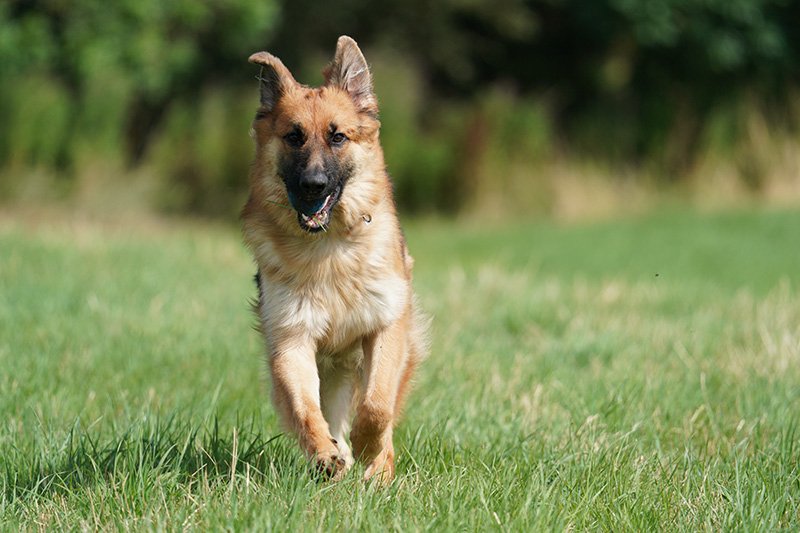
Sony a9 + 200-600 @ 400mm | 1/2000 | f/6.3 | ISO 500 | Full Resolution SOOC Download: JPEG
Sony a9 Autofocus Test at 560mm / 600mm
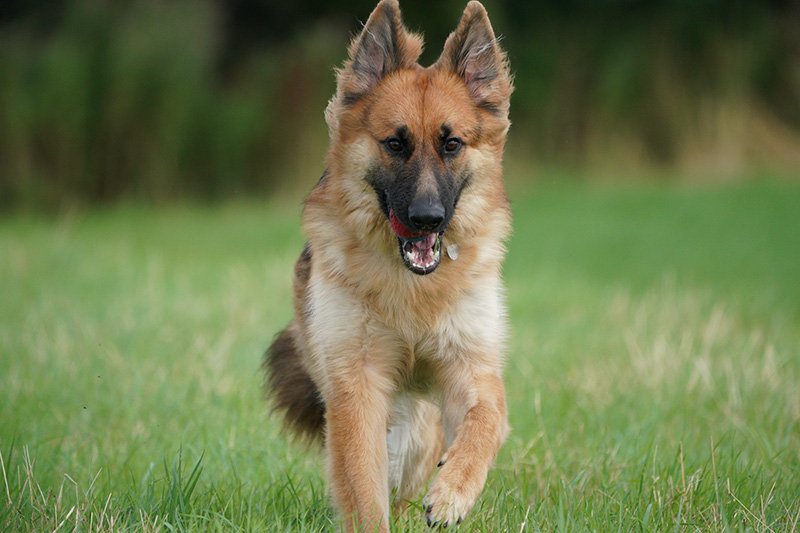
Sony a9 + 100-400 + 1.4x @ 560mm | 1/2000 | f/8 | ISO 2000 | Full Resolution SOOC Download: JPEG
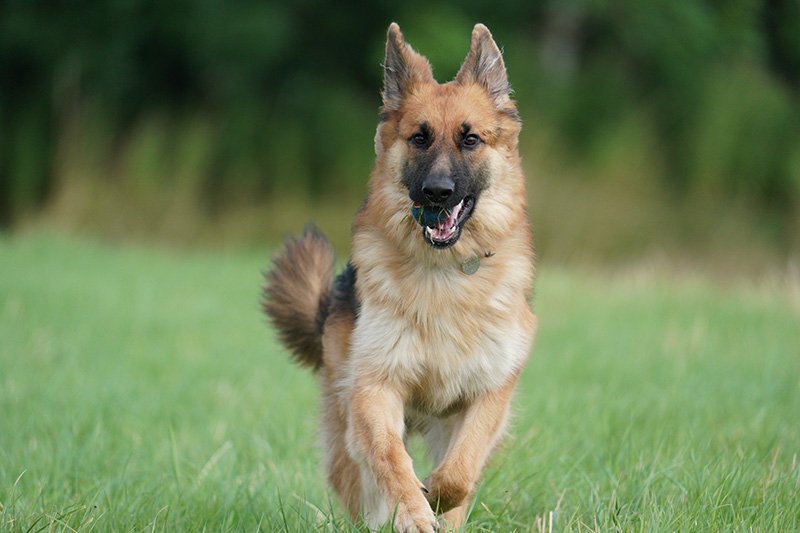
Sony a9 + 200-600 @ 600mm | 1/2000 | f/6.3 | ISO 1600 | Full Resolution SOOC Download: JPEG
Autofocus Test with Birds in Flight
In the following video I show a comparison of using the 200-600 vs 100-400 + 1.4x for shooing birds in flight. The bird in this case is the red kite and since my time at this location was limited I was only able to use the Sony a7III to make sure that I got the video and shots needed.
Both lenses were shot at their maximum focal lengths and apertures, so the 200-600 was at 600mm f/6.3 and the 100-400 + 1.4x was at 560mm f/8.
I was using AF-C mode together with a wide focus area, tracking sensitivity was set to 5 although it should have been set to 1 (locked-on), unfortunately I mixed them up on the day! But even with sensitivity 5 both lenses locked on and tracked very well and there were probably only a couple of instances where 1 would have helped. Shutter speed was 1/2000 and ISO was set to Auto. Everything was shot handheld and I used panning mode 2 on both lenses.
I also used the Olympus EE-1 Dot Sight (B&H Photo / Amazon) to help make locating and tracking the kites in the sky far easier than using the EVF or LCD.
Both lenses performed equally as well when it came to locking on and tracking the red kites. However, the 200-600 gave me around 10% more keepers than the 100-400 + 1.4x and also all of the keepers shot with the 200-600 were sharper.
You can find the sample photos from this video in the sample gallery towards the end of this article.
Minimum Focus Distance
If you enjoy shooting bugs then the 100-400 offers the shortest minimum focusing distance of just 0.98m (3.22 ft). Whereas the 200-600 requires 2.4m (7.88 ft) to focus correctly.
Here are a couple of comparison images to give you an idea as to how close to your subject each lens will bring you at their respective minimum focus distances, the images have not been cropped.
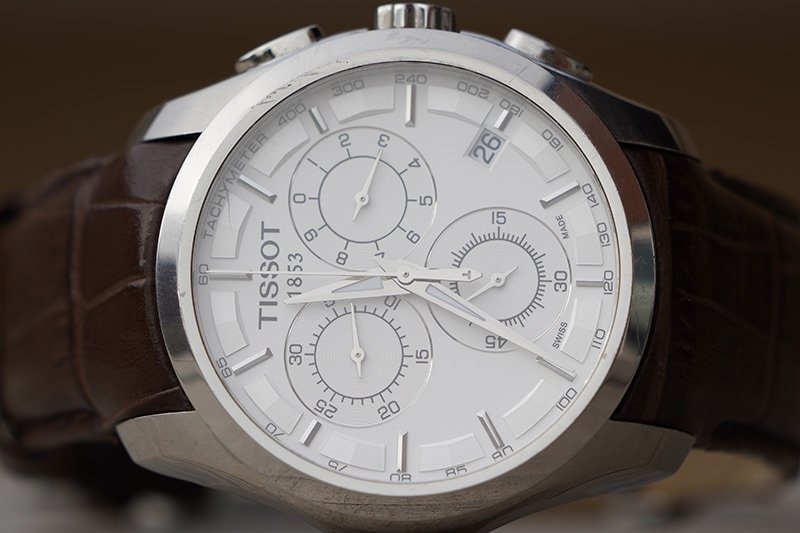
Sony 100-400mm at 400mm

Sony 200-600mm at 600mm
I think the images speak for themselves here. The 100-400 most definitely comes out on top for close-up shots!
Specifications Comparison
| Lens Specifications | Sony FE 200-600 F5.6-6.3 G | Sony FE 100-400 F4.5-5.6 GM |
|---|---|---|
| Lens Mount: | Sony E-Mount | Sony E-Mount |
| Format: | 35mm full frame | 35mm full frame |
| Focal Length (mm): | 200-600 | 100-400 |
| 35mm Equivalent Focal Length (APS-C): | 300-900 | 150-600 |
| Focus Motors: | DDSSM | Double Linear Motor + DDSSM |
| Lens Groups / Elements: | 17-24 | 16-22 |
| Angle of View (35mm): | 12°30′-4°10′ | 24゚-6゚10′ |
| Angle of View (APS-C): | 8°-2°40′ | 16°-4°10′ |
| Maximum Aperture: | 5.6-6.3 | 4.5-5.6 |
| Minimum Aperture: | 32-36 | 32-40 |
| Aperture Blades: | 11 | 9 |
| Circular Aperture: | Yes | Yes |
| Minimum Focus Distance: | 2.4m (7.88 ft) | 0.98m (3.22 ft) |
| Maximum Magnification Ratio (x): | 0.2 | 0.35 |
| Filter Diameter (mm): | 95 | 77 |
| Image Stabilization (OSS): | Yes (3 modes) | Yes (2 modes) |
| Zoom System: | Manual Internal | Manual External |
| Teleconverter Compatibility x1.4: | SEL14TC | SEL14TC |
| Teleconverter Compatibility x2.0: | SEL20TC | SEL20TC |
| Diameter (mm): | 111.5 mm (4 1/2 in.) | 93.9 mm (3-3/4 in.) |
| Length (mm): | 318 mm (12 5/8 in.) | 205 mm – 280 mm (8-1/8 – 11 in.) |
| Weight: | 2115g without tripod mount | 1395g without tripod mount |
| Press Release Date: | June 11, 2019 | April 19, 2017 |
| Price (MRRP): | $1,998.00 / £1,799.00 | $2,498.00 / £2,449.00 |
| Reviews: | My Review |
Now let’s take a closer look at some of the more interesting specs here.
Focal Length and Aperture
The Sony FE 100-400 GM has a variable aperture of f/4.5 – 5.6 and it jumps to f/5.6 at 164mm, the maximum focal length is 400mm. The Sony FE 200-600mm G also has a variable aperture but this time it’s from f/5.6 – 6.3 and it jumps to f/6.3 at 300mm, the maximum focal length is 600mm.
Focus Motors
The Sony 100-400mm GM uses a combination of double linear motor and DDSSM (Direct Drive SSM). Whereas the 200-600mm only uses the Direct Drive SSM motors, this may give the 100-400mm an advantage when it comes to focusing speed.
Zoom System
The barrel of the 100-400mm extends when you zoom by around 80mm. The 200-600mm on the other hand features an internal zoom mechanism that does not extend, therefore you don’t need to worry about zoom creep and there are no balance issues as you zoom in and out.
Size and Weight
The 100-400mm measures 205mm in length at 100mm which extends to 280mm at 400mm; the diameter is 94mm and it weights 1395g without the tripod mount attached. The 200-600mm is 318mm in length, has a diameter of 111.5mm, and weighs 2115g without the tripod mount, making the 200-600 around 720g heavier.
Aperture Blades
The 100-400mm features 9 circular aperture blades, whereas the 200-600mm has 11 circular aperture blades. This should mean that the 200-600mm is capable of producing slightly smoother bokeh balls.
Teleconverter Support
Both lenses support Sony’s 1.4x (SEL14TC) and 2.0x (SEL20TC) teleconverters. The 1.4x will extend the reach of the 100-400mm to a maximum of 560mm at f/8, and the 200-600mm to a maximum reach of 840mm at f/9.
The 2.0x extends the 100-400mm to a maximum of 800mm at f/11 and the 200-600mm to a maximum of 1200mm at f/13.
It’s important to note that focal plane phase detection AF cannot be used with apertures of f/9 or above on many e-mount cameras, currently only the Sony a7III, a6500, a6400 and a6300 support focal plane phase detection AF higher than f/9 but also to a maximum aperture of f/11, and the Sony a9 supports phase detection up to f/16. If phase detection cannot be used then the camera will still use contrast detection.
Minimum Focus Distance
The minimum focus distance of the 100-400mm is 0.98m (3.22 ft) which also makes this lens ideal for macro photography. The 200-600mm has a much greater minimum focus distance of 2.4m (7.88 ft).
Image Stabilization (OSS)
Both lenses feature Optical Image Stabilization (OSS) with mode 1 stabilizing on both horizontal and vertical axis, and mode 2 stabilizing on only the vertical axis for panned shots. The 200-600mm lens also has an additional mode 3 setting that provides stabilization for tracking and shooting dynamic, unpredictable sports action.
Range Focus Limiter
The 100-400mm has only two options for limiting the auto focus distance, these are from 3 meters to infinity and full-range. The 200-600mm has three options for limiting the focus distance, you can choose between 2.4 – 10 meters, 10 meters to infinity, or full-range. This can help speed up autofocus in some situations by preventing the lens from focusing on subjects outside the target range.
Price
The Sony FE 100-400mm GM has a RRP of $2,498.00 / £2,449.00 and the Sony FE 200-600mm G has a RRP of $1,998.00 / £1,799.00, making the 200-600mm the more affordable lens.
Sample Image Gallery
You probably won’t be shooting any of the subjects that I’ve used for comparison images throughout this article, so here’s a handful of sample images from subjects that you are more likely to shoot. Some images are cropped to my liking but no other post processing has been done.
Sony FE 200-600 Sample Photos

Sony a7R IV + 200-600 + 1.4x @ 840mm | 1/500 | f/9 | ISO 400 | Crop | Full Resolution SOOC Download: JPEG | RAW **
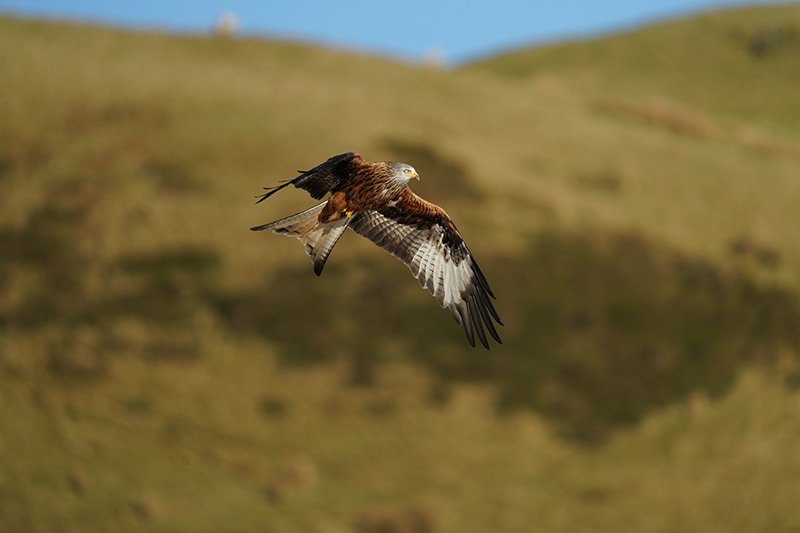
Sony a7R IV + 200-600 @ 600mm | 1/2500 | f/6.3 | ISO 640 | Full Resolution SOOC Download: JPEG | RAW **
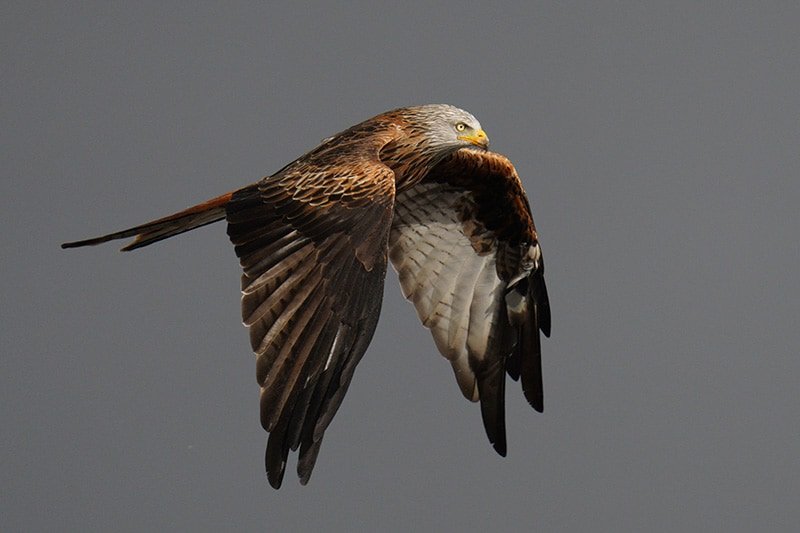
Sony a7R IV + 200-600 @ 600mm | 1/2000 | f/6.3 | ISO 400 | Full Resolution SOOC Download: JPEG

Sony a7 III + 200-600 @ 600mm | 1/1000 | f/6.3 | ISO 640 | Full Resolution SOOC Download: JPEG | RAW **
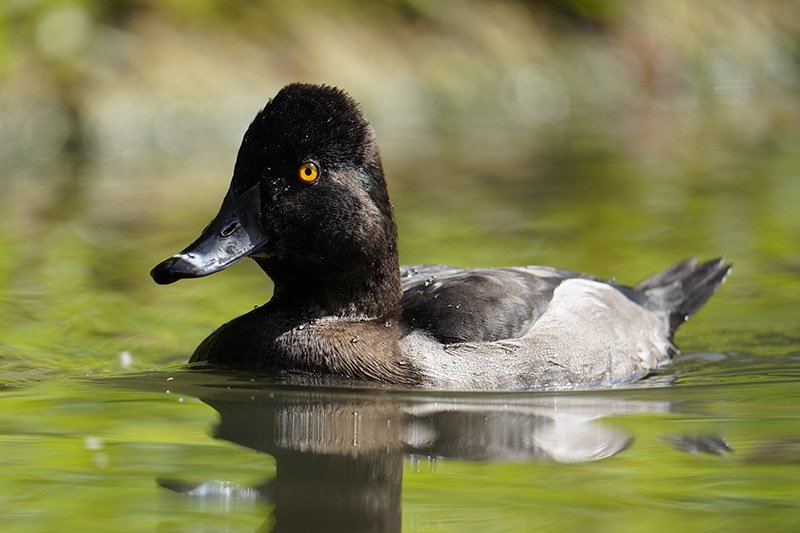
Sony a7 III + 200-600 @ 600mm | 1/1000 | f/6.3 | ISO 400 | Full Resolution SOOC Download: JPEG | RAW **
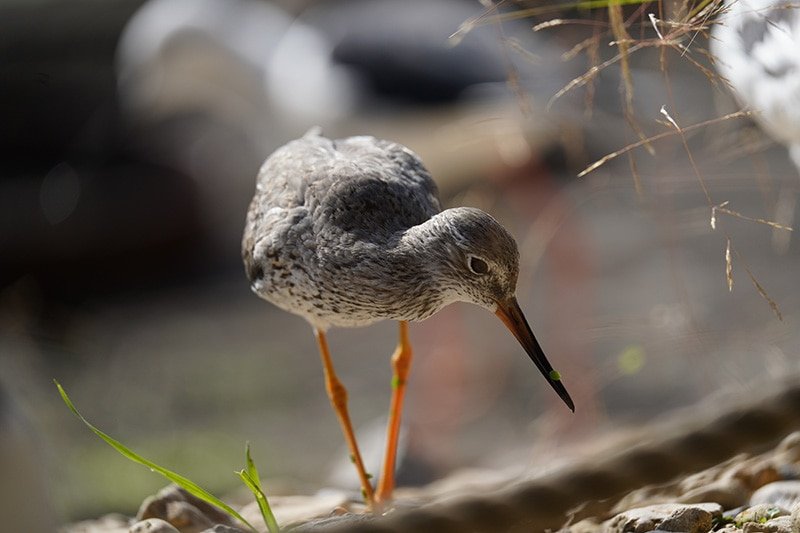
Sony a7 III + 200-600 @ 600mm | 1/1000 | f/6.3 | ISO 400 | Full Resolution SOOC Download: JPEG | RAW **

Sony a7 III + 200-600 @ 600mm | 1/1600 | f/6.3 | ISO 640 | Full Resolution SOOC Download: JPEG | RAW **

Sony a6400 + 200-600 @ 500mm | 1/1600 | f/6.3 | ISO 1600 | Full Resolution SOOC Download: JPEG | RAW **
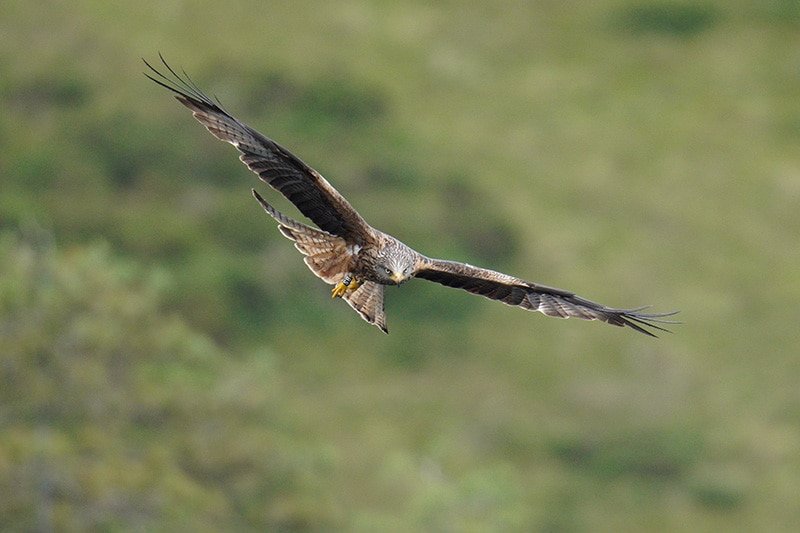
Sony a6400 + 200-600 @ 500mm | 1/1600 | f/6.3 | ISO 1600 | Full Resolution SOOC Download: JPEG | RAW **
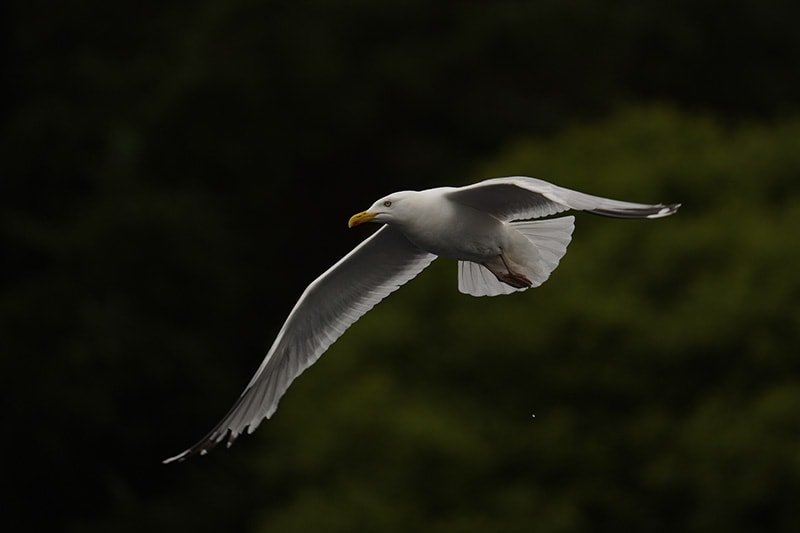
Sony a7 III + 200-600 @ 600mm | 1/1250 | f/6.3 | ISO 250 | Full Resolution SOOC Download: JPEG | RAW **
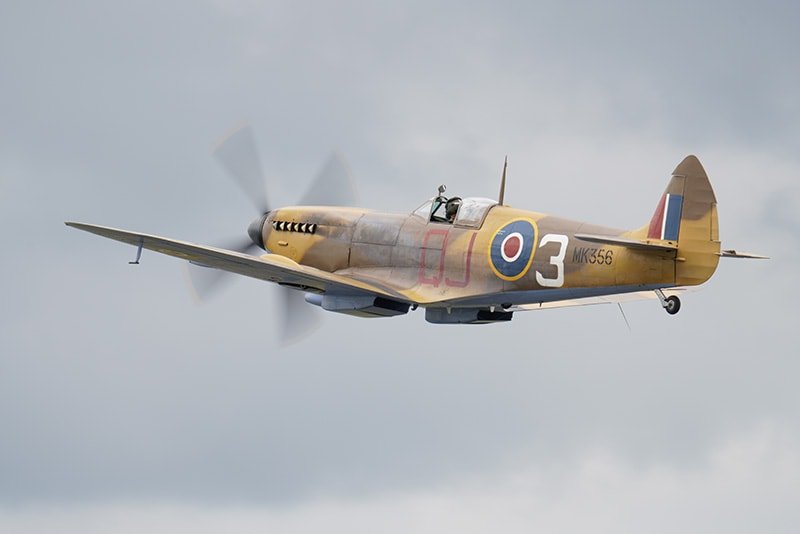
Sony a7R III + 200-600 @ 600mm | 1/250 | f/6.3 | ISO 100 | Full Resolution SOOC Download: JPEG | RAW **

Sony a7R III + 200-600 @ 600mm | 1/1600 | f/6.3 | ISO 200 | Full Resolution SOOC Download: JPEG | RAW **

Sony a7III + 200-600 @ 600mm | 1/2000 | f/6.3 | ISO 500 | Cropped | Full Resolution SOOC Download: JPEG | RAW **
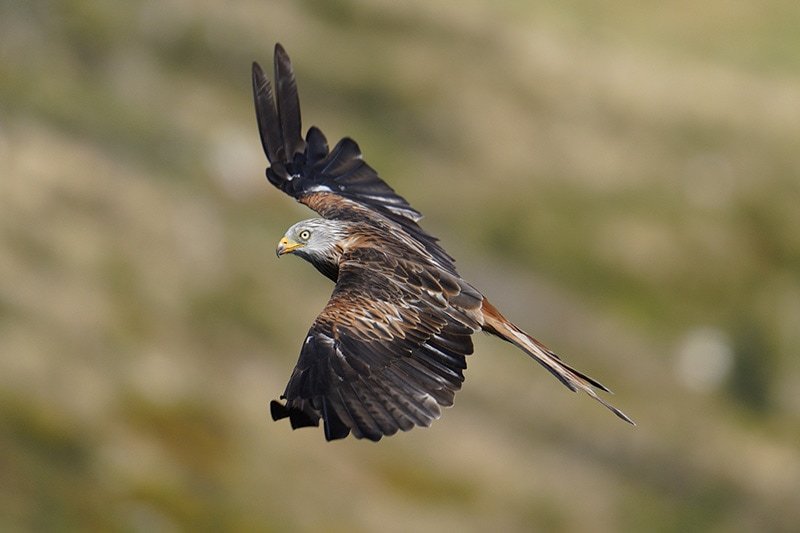
Sony a7III + 200-600 @ 600mm | 1/2000 | f/6.3 | ISO 500 | Cropped | Full Resolution SOOC Download: JPEG | RAW **

Sony a7III + 200-600 @ 600mm | 1/2000 | f/6.3 | ISO 500 | Cropped | Full Resolution SOOC Download: JPEG | RAW **

Sony a7III + 200-600 @ 600mm | 1/2000 | f/6.3 | ISO 640 | Cropped | Full Resolution SOOC Download: JPEG
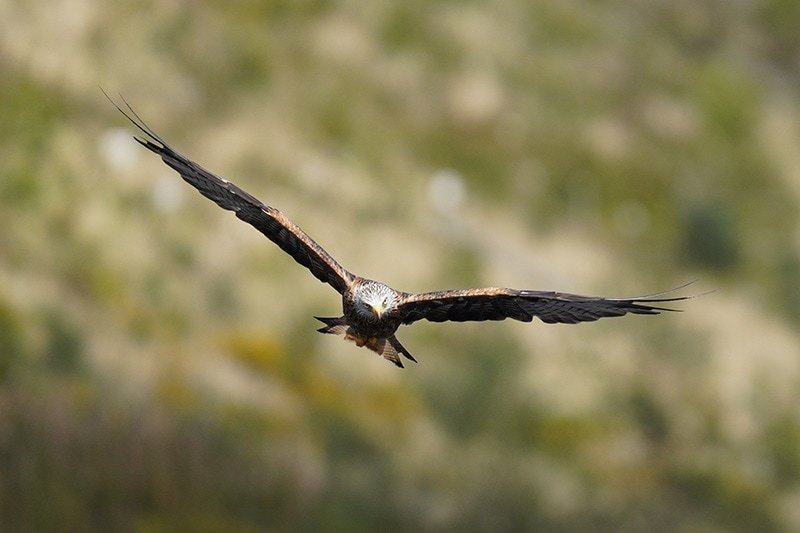
Sony a7III + 200-600 @ 600mm | 1/2000 | f/6.3 | ISO 800 | Cropped | Full Resolution SOOC Download: JPEG | RAW **
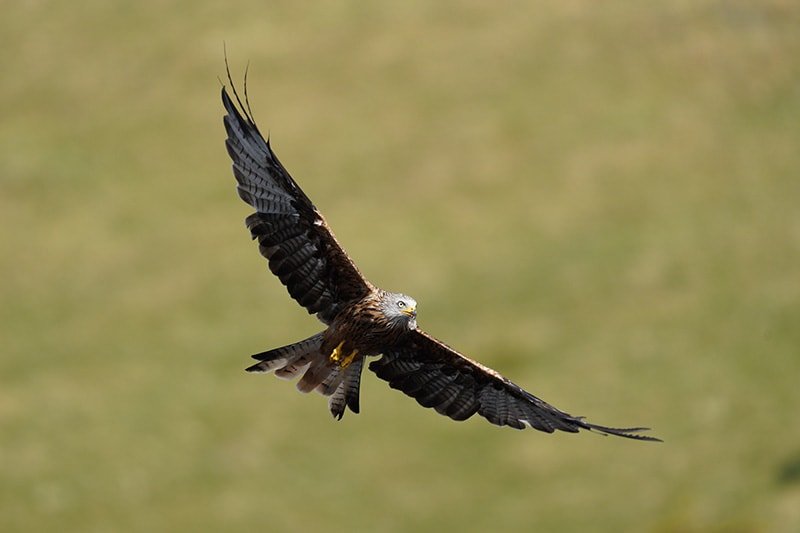
Sony a7III + 200-600 @ 600mm | 1/2000 | f/6.3 | ISO 640 | Cropped | Full Resolution SOOC Download: JPEG | RAW **
Sony FE 100-400 Sample Photos
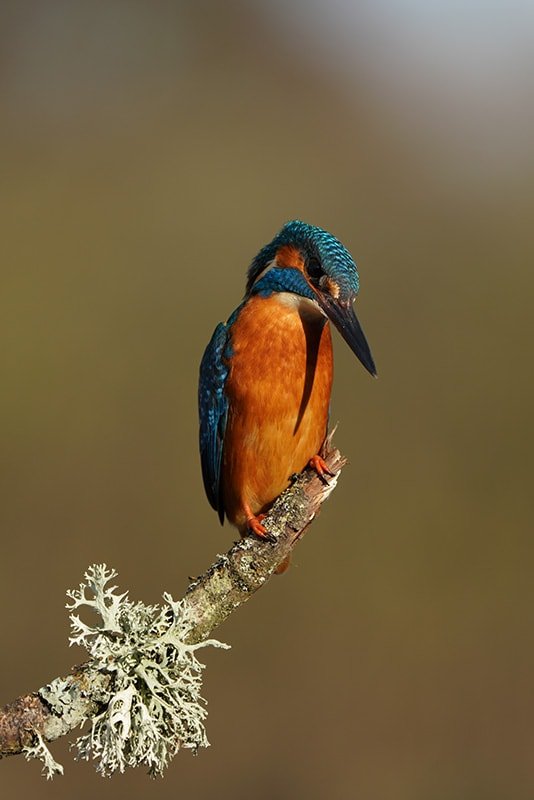
Sony a7R III + 100-400 @ 400mm | 1/400 | f/5.6 | ISO 100 | Full Resolution SOOC Download: JPEG | RAW **
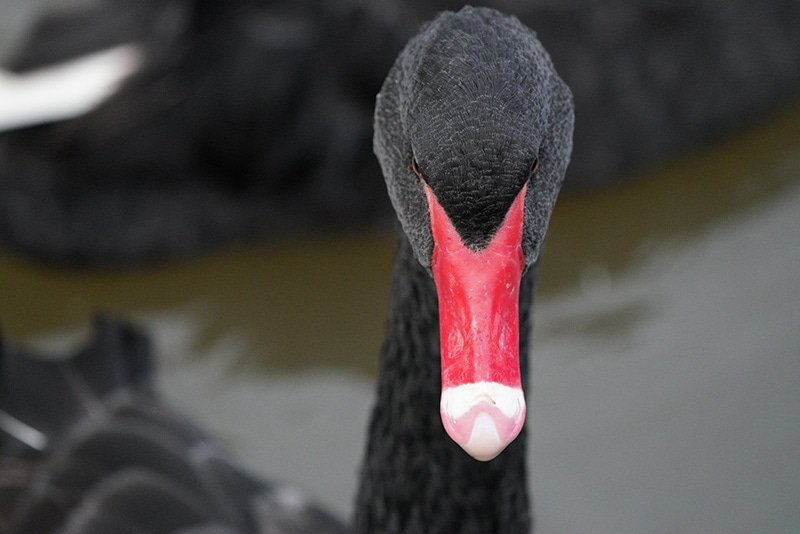
Sony a7R III + 100-400 @ 250mm | 1/1000 | f/5.6 | ISO 8000 | Full Resolution SOOC Download: JPEG | RAW **
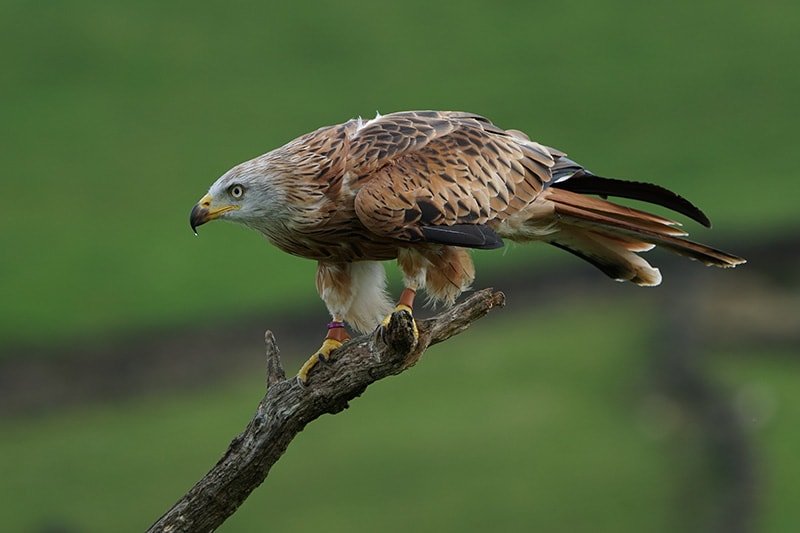
Sony a6500 + 100-400 @ 260mm | 1/800 | f/5.6 | ISO 400 | Full Resolution SOOC Download: JPEG | RAW **

Sony a7R III + 100-400 @ 400mm | 1/800 | f/5.6 | ISO 640 | Full Resolution SOOC Download: JPEG
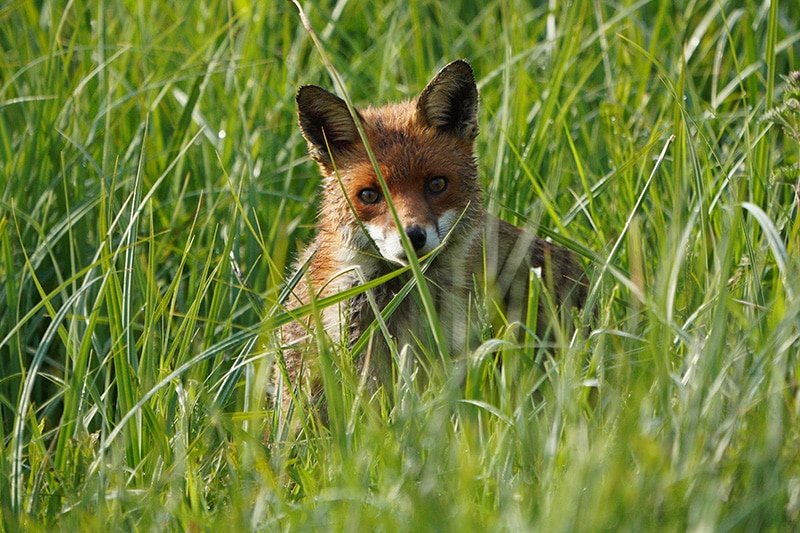
Sony a6400 + 100-400 @ 400mm | 1/1250 | f/5.6 | ISO 800 | Full Resolution SOOC Download: JPEG
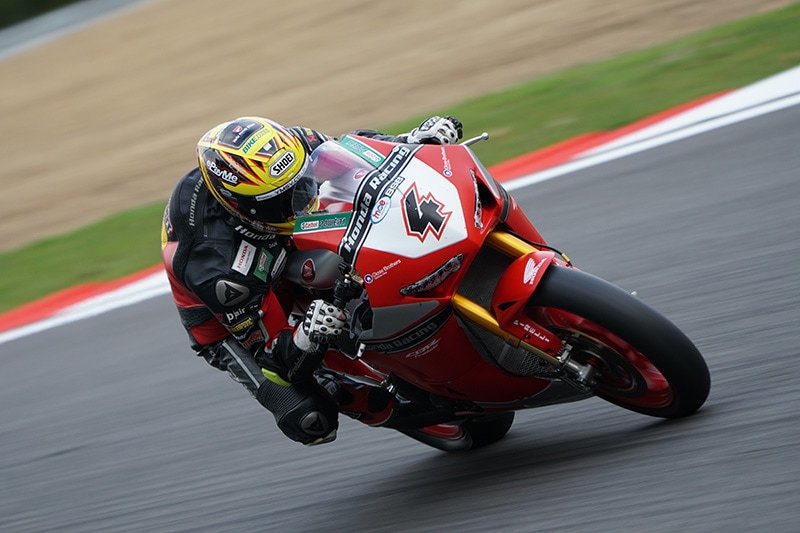
Sony a6500 + 100-400 @ 345mm | 1/250 | f/5.6 | ISO 400

Sony a7R III + 100-400 @ 370mm | 1/250 | f/5.6 | ISO 8000 | Full Resolution SOOC Download: JPEG | RAW **

Sony a7R III + 100-400 @ 400mm | 1/250 | f/5.6 | ISO 5000 | Full Resolution SOOC Download: JPEG | RAW **

Sony a7III + 100-400 + 1.4x @ 560mm | 1/2000 | f/8 | ISO 640 | Cropped | Full Resolution SOOC Download: JPEG | RAW **

Sony a7III + 100-400 + 1.4x @ 560mm | 1/2000 | f/8 | ISO 2000 | Cropped | Full Resolution SOOC Download: JPEG | RAW **
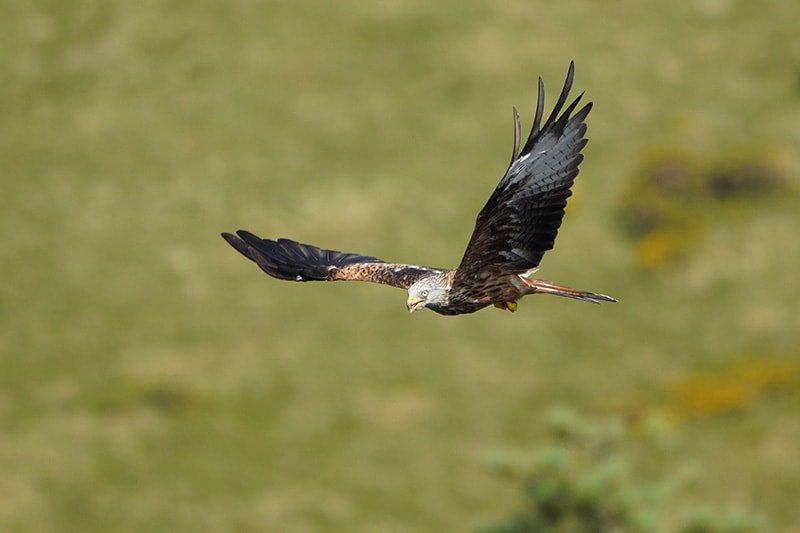
Sony a7III + 100-400 + 1.4x @ 560mm | 1/2000 | f/8 | ISO 1000 | Cropped | Full Resolution SOOC Download: JPEG | RAW **
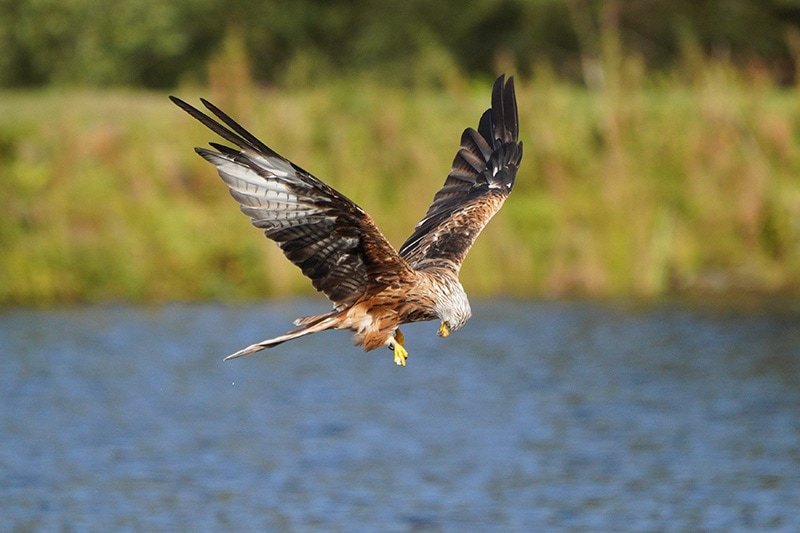
Sony a7III + 100-400 + 1.4x @ 560mm | 1/2000 | f/8 | ISO 2000 | Cropped | Full Resolution SOOC Download: JPEG | RAW **

Sony a7III + 100-400 + 1.4x @ 560mm | 1/2000 | f/8 | ISO 2000 | Cropped | Full Resolution SOOC Download: JPEG | RAW **

Sony a7III + 100-400 + 1.4x @ 560mm | 1/2000 | f/8 | ISO 2000 | Cropped | Full Resolution SOOC Download: JPEG | RAW **
Conclusion
Although there is still much more I’d like to add to this comparison, after owning the 200-600 since it was first released and also the 100-400 since first release I feel comfortable in writing this conclusion.
Both lenses are exceptionally good and although only the 100-400 is badged as a G Master lens, the 200-600 G would certainly not bring any shame to the GM label if Sony had decided to use it.
If you are shooting wildlife then most likely you are going to want as much reach as possible and although you can add the 1.4x teleconverter to take the 100-400 to 560mm / f/8, you will see a noticeable drop in image quality especially compared to the 200-600 at 600mm f/6.3. You’ll also now be shooting at f/8 and will need to crank the ISO a little higher.
If you often shoot using a gimbal then you’ll also find that the 200-600 balances much better since the barrel does not extend when you zoom and throw the balance off. With the 100-400 on a gimbal you’ll either need to fix the zoom and then balance it, or put up with the lens being off balance.
The smooth internal zoom of the 200-600 which features a very short zoom throw also helps to keep your subject in the frame and I find it much quicker to use compared to the 100-400. When you zoom with the 100-400 the weight also changes which affects the balance, and if you are shooting skywards there is also a lot more resistance.
Shooting from a hide with an internal zoom is also beneficial since there is no movement to scare away your subject, whilst zooming in and out with the 100-400 can be risky if your subject doesn’t know that you are there or is very nervous.
The 100-400 is the lightest lens of the two weighing in at 1596g (with tripod foot and hood attached). Without extending the zoom it measures 205mm in length, extending the zoom to 400mm takes it to 285mm. The lens has a maximum diameter of 93.9mm. Adding the 1.4x teleconverter will add an additional 169g in weight and also adds 16mm in length. Without a doubt if you are travelling a lot then this is the lens you will want in your backpack.
The 200-600 weighs in at 2397g (with tripod foot and hood attached), making it a good 800g heavier than the 100-400. It measures 318mm in length with a maximum diameter of 111.5mm. If you are used to shooting with the 100-400 or a lighter lens then you will most definitely feel the weight of the 200-600, especially if you are handholding. But if you are used to the weight of a big prime lens with an SLR camera attached then it will probably feel like a feather to you.
With a minimum focus distance of only 0.98m (3.22 ft) the 100-400 is the best choice for close-up photography, since the 200-600 requires 2.4m (7.88 ft) to autofocus correctly. So if you enjoy shooting butterflies, dragonflies and other bugs then the 100-400 is probably the best lens for you.
The 100-400 does handle chromatic aberration a lot better than the 200-600, it shows no signs of CA in either the center of the frame or towards the edges. The 200-600 shows signs of CA both in the center of the frame and towards the edges where it becomes more pronounced. With lens corrections turned on CA is minimized but still visible, so you may need to apply further CA removal in post if shooting subjects with high contrast. Thankfully I’ve not spotted any CA in the real world images that I’ve shot with the 200-600 so far, but I will certainly be keeping an eye out for this.
If money was no object I would own both of these lenses since they both have their own unique qualities and both are capable of capturing some amazing images. For me personally I now prefer shooting with the 200-600 mainly for the extra reach and internal zooming. My shoulder muscles are just going to have to grow to handle the extra weight!
Whichever lens you choose I don’t think you are going to be disappointed one bit.
Sony 200-600 Bag Guide
If you do decide to go with the Sony FE 200-600 then you might find that your favorite bag is not big enough for this larger lens.
My Sony 200-600 Bag Guide will give you all of the dimensions you’ll need to know to check if your bag is large enough and if not then you’ll also find lots of bag options together with photos of the 200-600 inside.

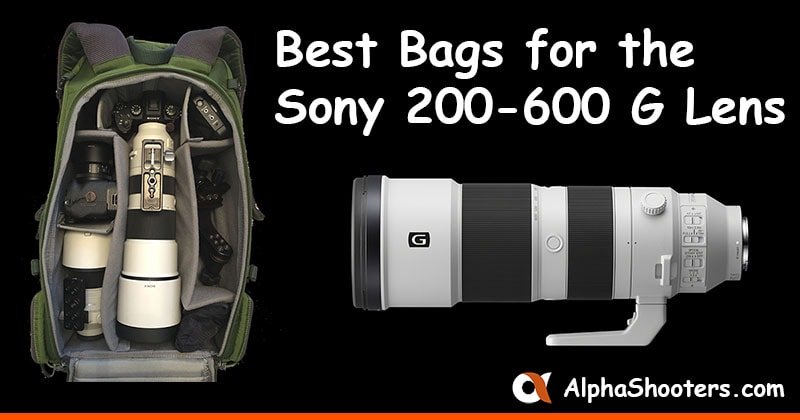

I have both the Sony 200-600mm f/5.6-6.3 G and the Sony FE 70-200 mm F2.8 GM OSS lenses. I use the 1.4TX extender when I need the reach. I am very meticulous and see plenty of noise from the Sony 200-600mm lens, even at ISO 200. Not sure, if it is my settings or the lens itself. I shot a lot of Bald Eagles in our area of North East Ohio and western PA. I have it set for minimum 1/1250 and try to set if for f/5.6 or the f/6.3 plus all the way out to 600mm. If the bird is too close, I go to minimum 300mm. Many times, even when I have the bird locked in, there appears to be a change in the ISO to Auto. My two cameras are the A7RIV and A1. I do mostly shoot hand held, since I am not fast enough using the tripod and gimbal. Any suggestion on improving. Your comparison was great between the Sony 200-600 and 100-400. No I am not going with 100-400, since I have the reach. I have a few primes and the Sony 24-104mm f/4, which is my to go lens for landscape and city scapes. No problem with noise using that lens at all. I try to shoot as much in manual mode.
It’s hard to say Anders without seeing some sample photos but you really shouldn’t be seeing any noise at ISO 200 unless you crop in very heavily. Generally noise is more related to the camera than the lens but both the A1 and A7R IV are pretty clean at ISO 200 unless cropping heavily.
Thanks, Timothy – that was awesome!! I primarily shoot crew rowing races and I have the 200mm-600mm, and love it!
You talked about a gimbal for the 200 – what’s the best gimbal you can recommend for this lens, please?
I’m old and want to save my aching arms… lol
Glad you liked the review Anthony. I’m using the Jobu Design Jobu Jr.3 Deluxe Gimbal Kit with Swing-Arm HM-J3D myself, although there are many other options on the market.
Which lens would be best for deep sky night Astro-photography? Thank you so much for your review. This is exactly what I was looking for. I am very interested in insects and bugs as well. I have a 24mm 1.4 Sony GM for a prime for Aurora Borealis footage. I want to get much further into the sky.
Deep sky night Astro-photography is not my speciality I’m afraid so I can’t be of much help here. I know that Alyn Wallace uses the FE 200-600 though so it might be worth checking out his YouTube Channel.
Terrific comparison. Especially like photos I could see myself the comparisons. Thanks
Thank you Elizebeth. I’m glad that you found the article helpful. 🙂
Just came to say thank you for fantastic write up. Great comparison, making me really want a 600
Many thanks Josh! Have you purchased it yet? 🙂
Thank you ! Very interesting ! If I resume : for birds, 200-600 is better than 100/400 with extender … Right ?
Thank you again
I’d definitely recommend the 200-600 for birds Stéphane. The extra reach is very useful and it’s much easier to handle thanks to the internal zoom, the 100-400 can be a little cumbersome at time despite weighing less. The 200-600 is also considerably cheaper than the 100-400 + 1.4x. Of course, you can also add the 1.4x or 2x to the 200-600 if you need even more reach.
Thank you for the comprehensive review. Learned a lot of things. That is what I was looking for. Thank you very much.
Tim
Great article and very informative. I’m thinking of getting one of these two primarily for sports shooting with my A9.
I’d be looking at shooting cricket, football, rugby and motorsports. The most demanding in terms of reach is likely to be cricket, as I’m sure the others could be handled by either lens.
Which of these two would you recommend?
Thank you Andy! They would both be well suited but of course you’d get a little extra reach with the 200-600 and it’s also a lot easier to zoom in and out thanks to the internal zoom. If you have the possibility of hiring one before buying then I’d recommend doing that first to be certain it’s the right lens for you.
Have you noticed any AF issues using the A7RIII + 200-600 + 1.4x TC? No matter what I point it at, it tends to almost “vibrate” for a second before figuring out the focus. Kind of defeats the usage of it when doing aviation photography (or wildlife for that matter), when focusing is so important and changes so quickly. The same setup on my a6600 does not exhibit the same issue.
Hey Scott. I’ve not used my a7R III for a while now but don’t ever recall any AF issues like you mention. Is this only when using the teleconverter?
Thanks for this post, Timothy! I currently own the 200-600mm, but I’m thinking about switching to the 100-400mm for low-light purposes. Obviously a long prime would be the ultimate solution here, but I’m a student so I can’t justify shelling out >10k at this point.
Thus, my question to you is, did you notice differences in low light performance between the two lenses, especially at the long end of the zoom ranges? From what I’ve read, it seems like the 100-400 at 400 has a lower minimum aperture than the 200-600 at 400, which theoretically should help. The former also has two AF motors as opposed to one in the 200-600, which should help with subject detection, right? I don’t plan on getting a teleconverter, so the decrease in aperture on that front shouldn’t play a factor either.
I’ve just been somewhat dismayed by the degree to which my A7RIVA body feels like it needs to hit 12,800 ISO to compensate for low-light instances when I shoot (action) in early morning/late afternoon settings with the 200-600, and am wondering if it’d fair better if I switched to the 100-400. Your two cents are much appreciated here, and thanks again for your excellent review!
Going from f5.6 to f6.3 is only 1/3rd of a stop…which is negligible and won’t help you in low light. Your better off with a 70-200 2.8 for those purposes or a fast prime like the 400 2.8 or 600F4.
Very sorry for missing this comment Bing. Have you already made your decision?
Briliant! Thank you ! Tommorow i will have dificult choice.
This is an amazing and detailed review of these lenses. I’m about to upgrade to an FX6 from my old ENG camera and this helped a lot. I shoot aviation so I’ll be adding the 200-600 on my list. Thanks a lot!
Glad to hear that it helped Ben! Had a quick look at your site, you have some great videos! I’ve subscribed to your channel. It’s been a while since I’ve visited the loop, keep meaning to get back but I hear it’s a little quiet these days. Have a great Christmas! 🙂
.Excellent review, I will confess the length of tjhe 200-600 is a big factor for me as I travel with a Peak Design backpack and I don’t think it will fit sideways. I need to reserve space for the other 3 lenses – 24 1.4. 90 2.8 and Tamron 28-200. I carry the a7RIII Body in the upper space
Still thinking about it as I shoot Birds a lot and use the Sony 1.4 so am concerned with the often encountered less than bright skies and the resulting higher ISO.
Tempted though, thanks for your thorough analysis
Cheers Robert. Have you made a decision yet? If you are carrying a lot of gear on your back already then the 100-400 will definitely make life easier. But for birds especially smaller ones the 200-600 is very useful. I don’t typically use my 100-400 much these days unless I’m pretty close to my subjects.
Brilliant!
Thank you for such a detailed review. I’m going to add a one of these to my bag, was leaning towards the the 200-600, you helped me lock it in.
Will shoot airshows on an A7II, and wildlife on a a6000.
Glad that you liked the review David. I hope you are now enjoying the 200-600 yourself! 🙂
Thank you very much for the review! Definitely helped me make a decision on which lens I will be picking up in the near future. I was leaning towards the 200-600 but kept finding a reason to entertain the idea of the 100-400. Your review has helped say with certainty that the 200-600 is the way to go.
Glad to hear that it’s helped with your decision Evan. I don’t think you will regret the 200-600. Thanks for commenting here 🙂